In the global home renovation market, bathrooms are increasingly becoming one of the spaces that best reflect quality of life and technological sophistication. In recent years, toilets with bidet built in have gained popularity, becoming a preferred choice for high-end residences and emerging households. They not only combine the functions of a toilet and a smart bidet, but also redefine consumers' perception of the "toilet experience" through concepts of comfort, environmental friendliness, and health.
Market Trends: Rapid Growth in Demand for Smart Toilets
According to the 2025 Global Bathroom Market Trends Report:
North American Market: Smart toilet adoption has reached 28%, with integrated bidet-equipped models accounting for over half of the market.
European Market: Driven by heightened environmental awareness and personal care needs, Germany, France, and Northern Europe have seen bidet toilet demand growth exceeding 15%.
Asia-Pacific Market: Japan and South Korea have long led in smart toilet adoption rates. First-tier cities are now experiencing a purchasing surge, with projected growth reaching 20% over the next three years.
Industry analysts attribute this trend to consumers' pursuit of healthy living, eco-friendly energy efficiency, and intelligent experiences. Notably, post-pandemic heightened focus on "hygiene and disinfection" has become a key driver of smart toilet demand.
Advantage Analysis: The Value of Integrated Bidet Toilets
Hygiene Upgrade
Compared to traditional toilets and separate bidet basins, integrated bidet toilets deliver more thorough yet gentle cleansing, eliminating residue from toilet paper and reducing excessive usage.
Space Efficiency
Traditional bathrooms often require installing separate bidet units, whereas integrated toilets combine both functions—ideal for compact living spaces.
Comfort Experience
Mainstream models feature warm water cleansing, heated seats, and warm air drying, significantly enhancing bathroom comfort.
Eco-Friendly & Energy-Efficient
Reduced toilet paper consumption aligns with green living principles; some models also incorporate water-saving designs.
Smart Features
Newer generations include sensor-activated flushing, automatic lid opening, night lights, and deodorizing systems, catering to smart home trends.
Disadvantages: Is It Suitable for Everyone?
Higher Price Point
Integrated smart toilets generally cost significantly more than standard models, often exceeding a thousand dollars, creating a barrier for some households.
Maintenance Requirements
Multiple functions mean higher maintenance needs, with components like circuits and nozzles potentially requiring periodic servicing.
Usage Habit Differences
Some consumers remain accustomed to traditional toilet paper cleaning and have limited acceptance of bidet functions.
Installation Requirements
Requires pre-installed power and water connections, potentially increasing renovation costs for older homes.
Industry insiders note these "shortcomings" are essentially transitional issues. As prices gradually decrease and products evolve, these concerns are expected to be alleviated in the coming years.

Expert Perspective: Health and Comfort Are the Biggest Selling Points
Caroline Foster, an expert from the American Society of Interior Designers, notes:
"The most prominent advantage of integrated bidet toilets lies in health and comfort. They suit young families pursuing high-quality living while also providing a more user-friendly experience for the elderly, pregnant women, and those with mobility challenges."
She emphasizes that as societies age, the popularity of such products reflects not only consumption upgrades but also serves as a vital means to meet diverse household needs.
Consumer Case Studies: Noticeable Differences in Experience
Tokyo Household User: After using a bidet-equipped toilet, they reported "hardly buying large quantities of toilet paper anymore" and found the cleaning sensation more comfortable.
A New York Young Couple described how the automatic lid and heating functions of the integrated toilet made their winter experience "completely different."
Berlin Elderly User: Feedback indicated that the smart bidet function made toileting easier for their mobility-impaired husband, though they also noted "the product is relatively expensive."
These cases demonstrate generally high consumer satisfaction, though price and maintenance remain key pain points.
Brand Trends: Manufacturers Accelerate Smart Technology Deployment
Facing growing market demand, global bathroom brands are intensifying their focus on toilets with built-in bidets:
Material and Technology Upgrades: Incorporating antibacterial glazes and self-cleaning nozzles to extend product lifespan.
Functional Diversification: Offering thermostatic water flow, massage modes, and multi-speed adjustments to meet diverse user needs.
Human-Centered Design: Maximizing bathroom space through ultra-slim profiles and concealed tanks.
Tiered Pricing: Introducing models from mid-range to premium segments to lower market entry barriers.
Reporters note that some brands are integrating smart toilets with home automation platforms, enabling smartphone app connectivity. Users can remotely preheat seats or monitor usage data—adding fresh possibilities to the market.
Future Trends: From High-End to Mainstream Adoption
Industry projections indicate the integrated bidet toilet market will expand significantly over the next five years:
Mass-market penetration: Declining prices and simplified installation will drive adoption into ordinary households.
Smart home integration: Future models may feature voice control and health monitoring systems.
Green sustainability: Energy and water conservation, along with reduced paper consumption, align with global sustainability trends.
High-End Market Differentiation: Luxury residences and hotels will emphasize "design + functionality," offering customized solutions.
Notably, potential applications in healthcare settings are gaining attention. Promoting integrated bidet toilets in rehabilitation centers and nursing homes could provide dignified daily care experiences for specific populations.
Conclusion
Toilets with built-in bidets represent more than a technological innovation in the bathroom industry; they embody modern households' pursuit of health, comfort, and eco-conscious lifestyles. While challenges remain in pricing and maintenance, continuous brand innovation and growing consumer awareness suggest these products will gradually become standard in bathroom renovations over the coming years.
From luxury to utility, from niche to mainstream, integrated bidet toilets stand at the forefront of the bathroom revolution. For manufacturers, the key to future competitive advantage lies in striking the optimal balance between value for money and smart functionality.

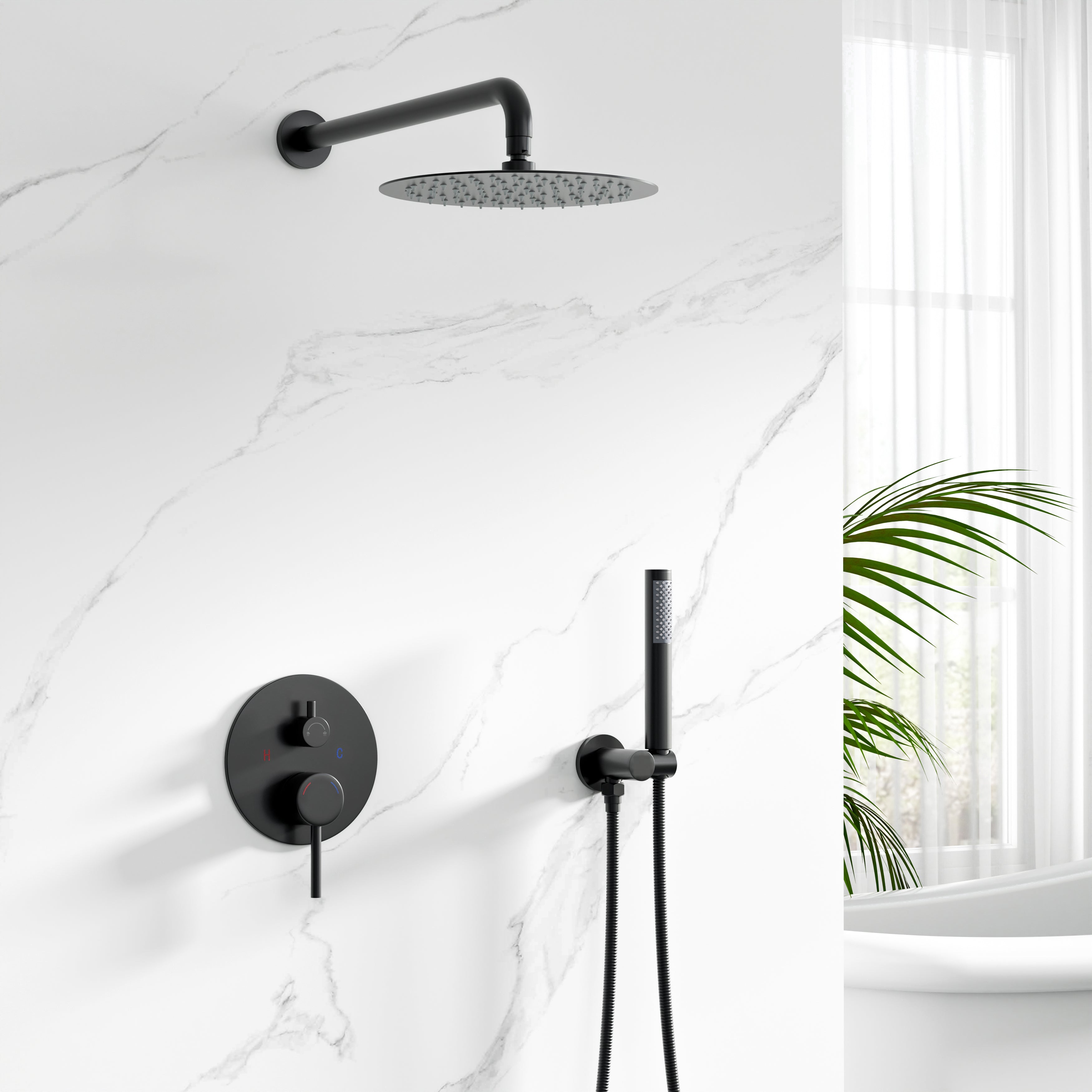
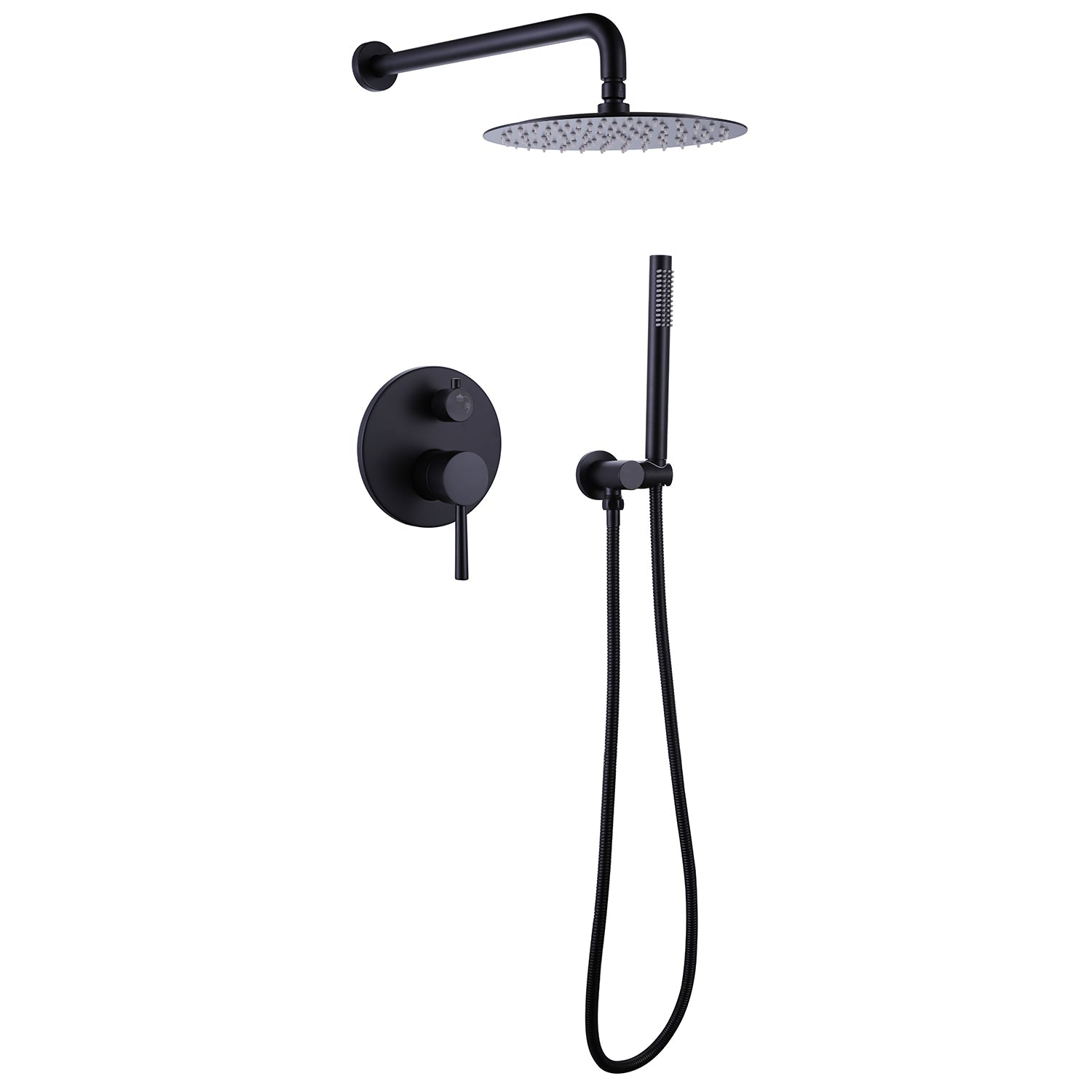


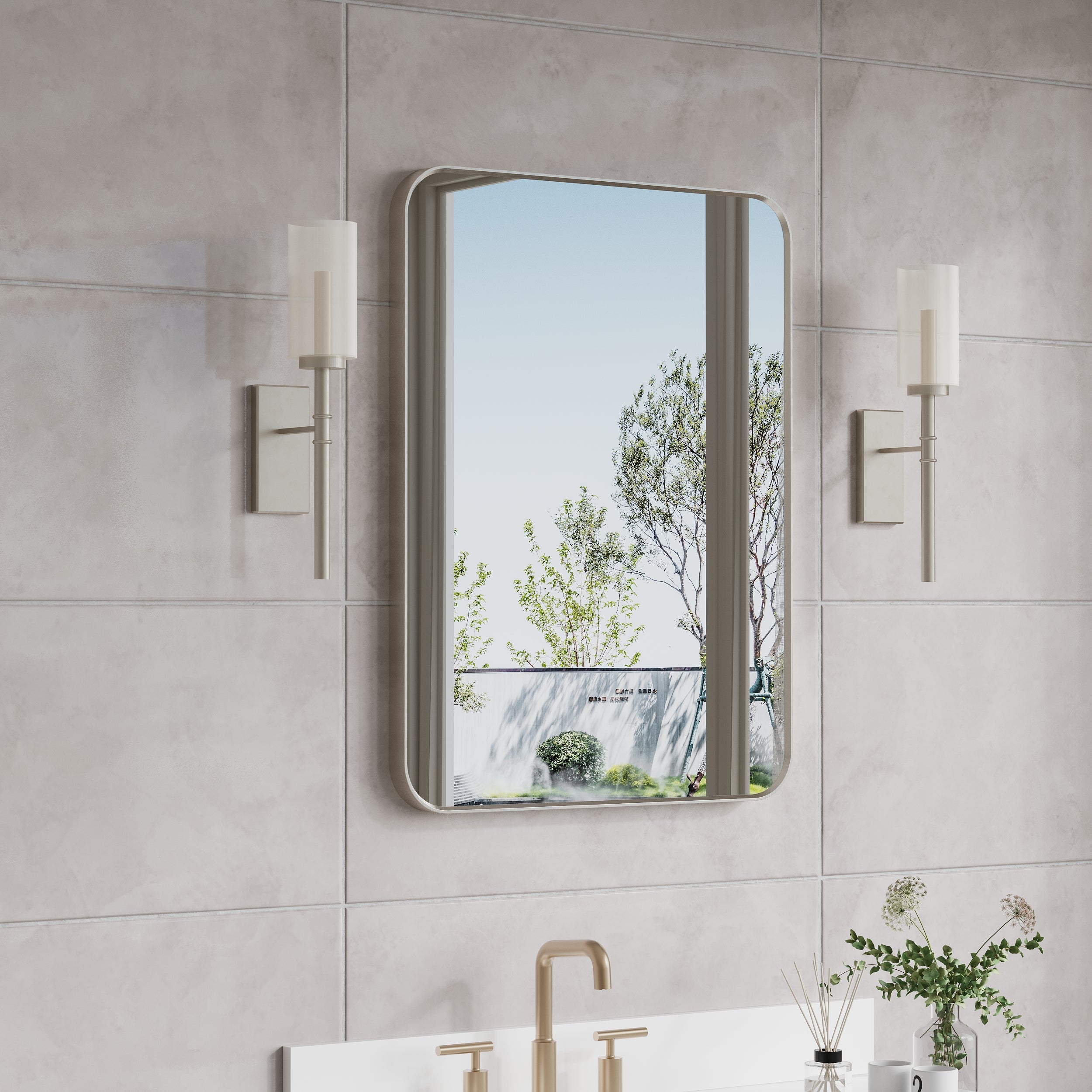
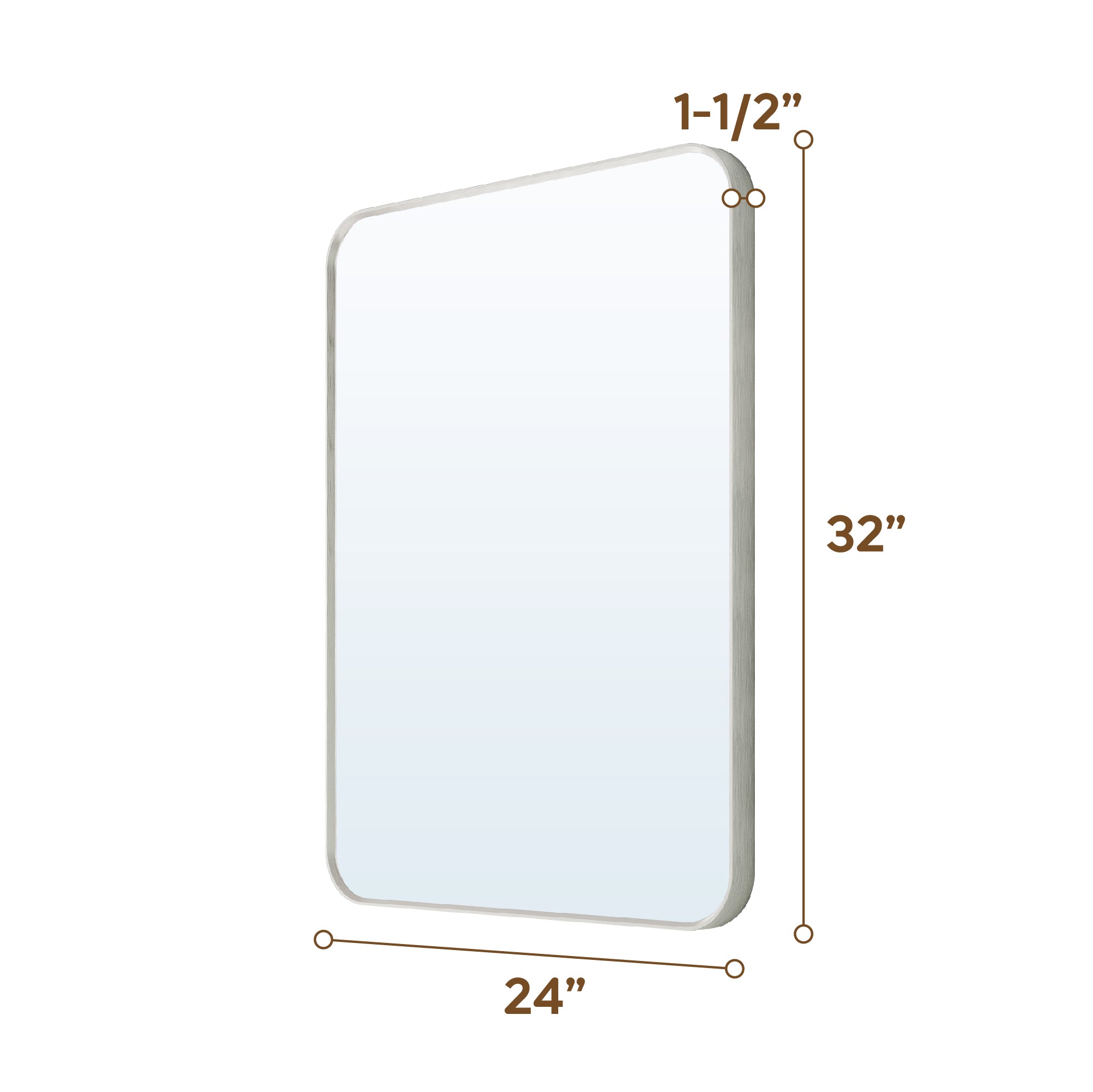

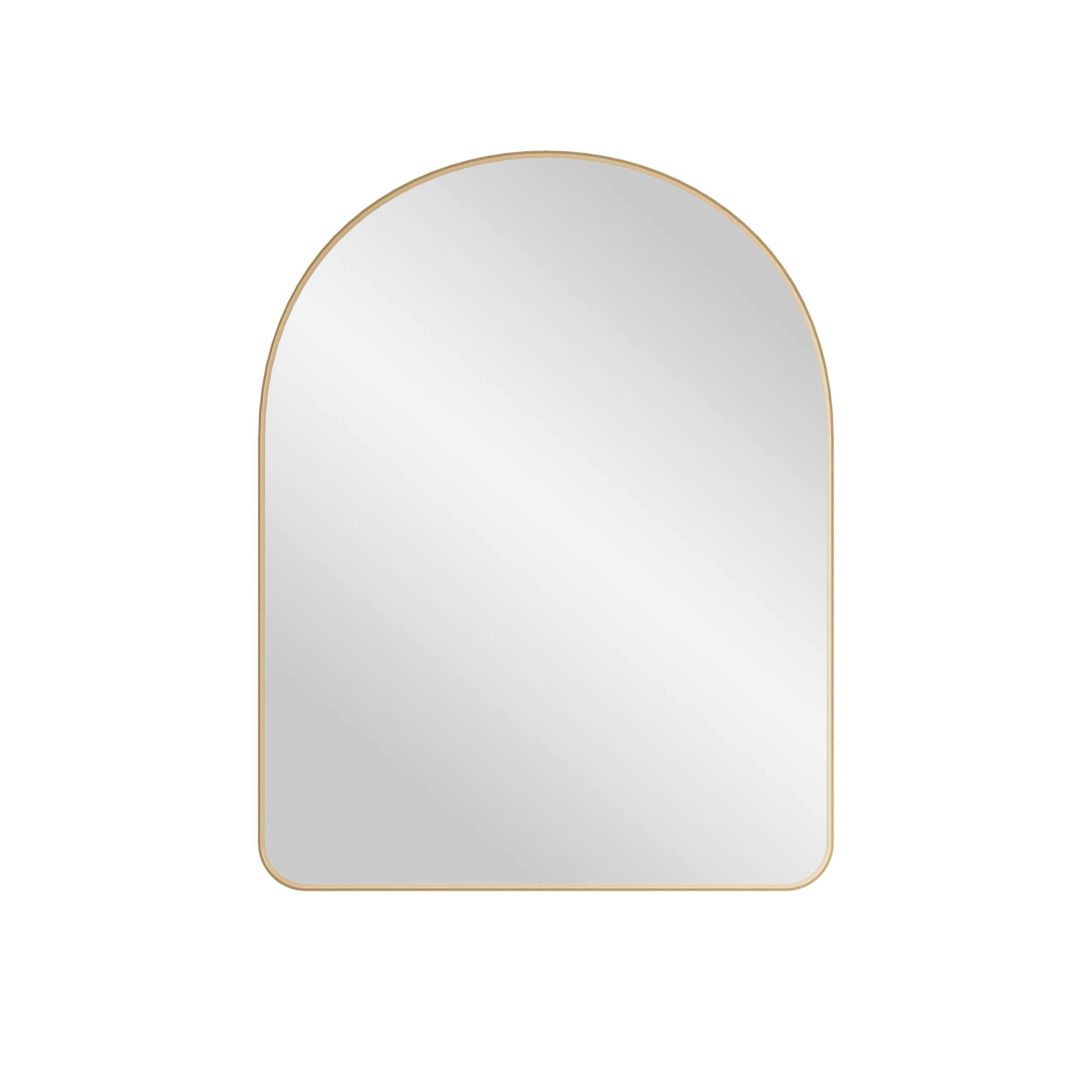

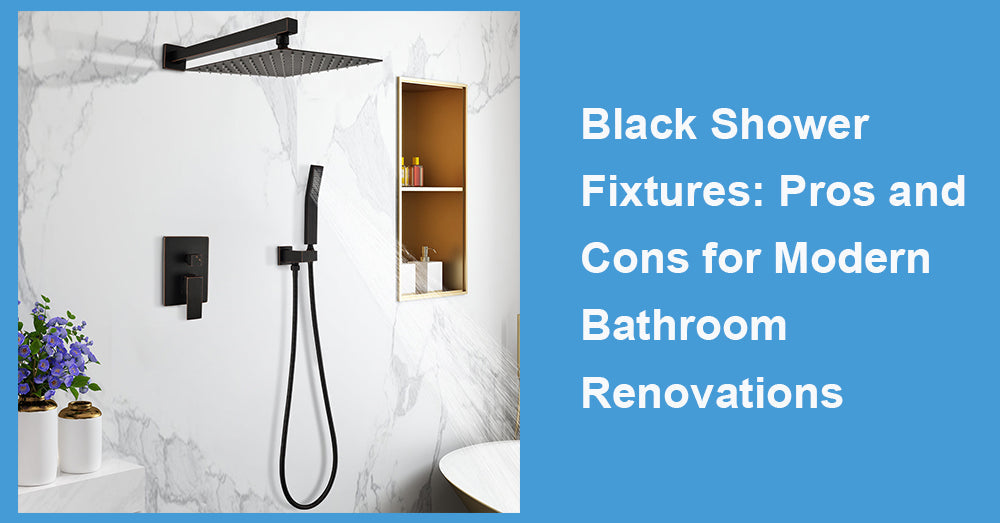
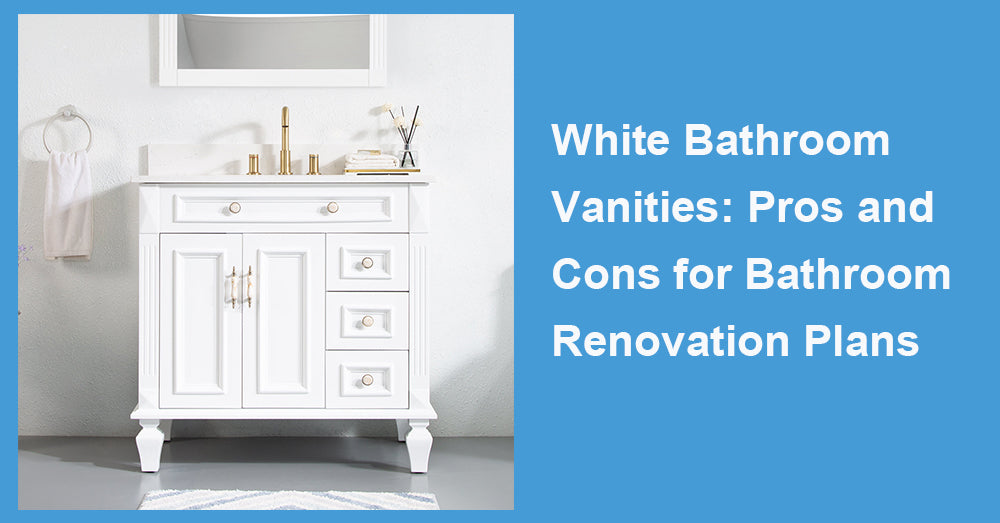
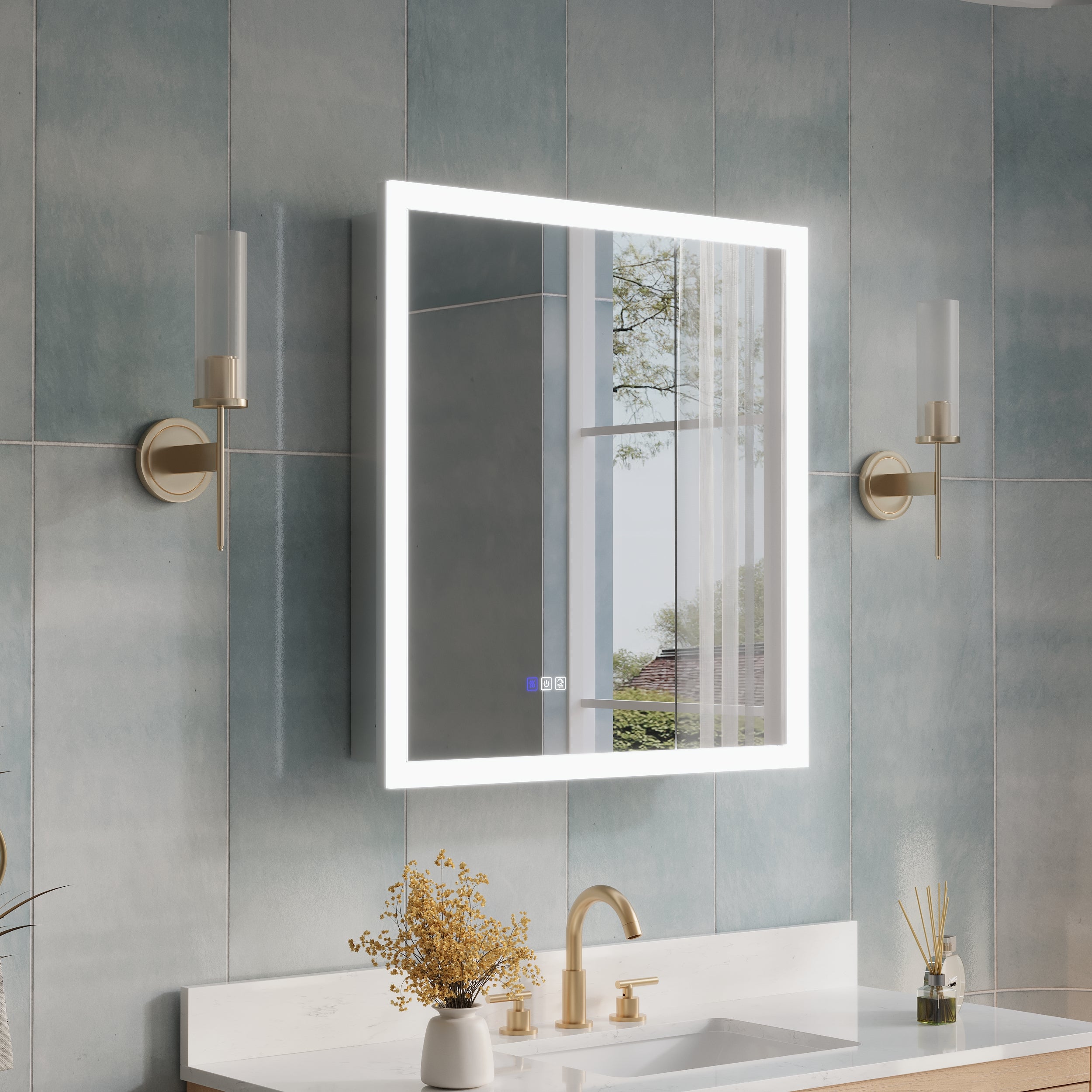
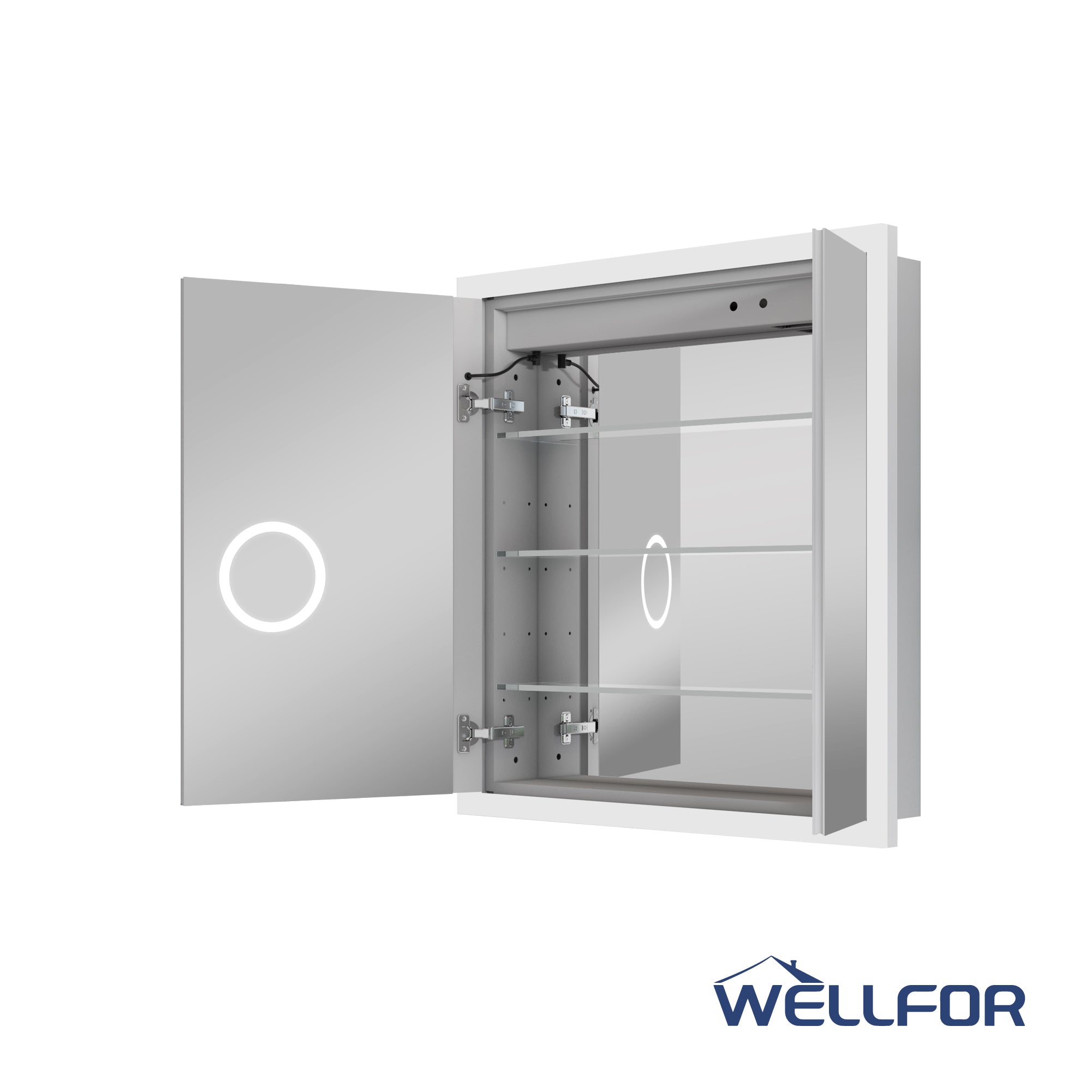
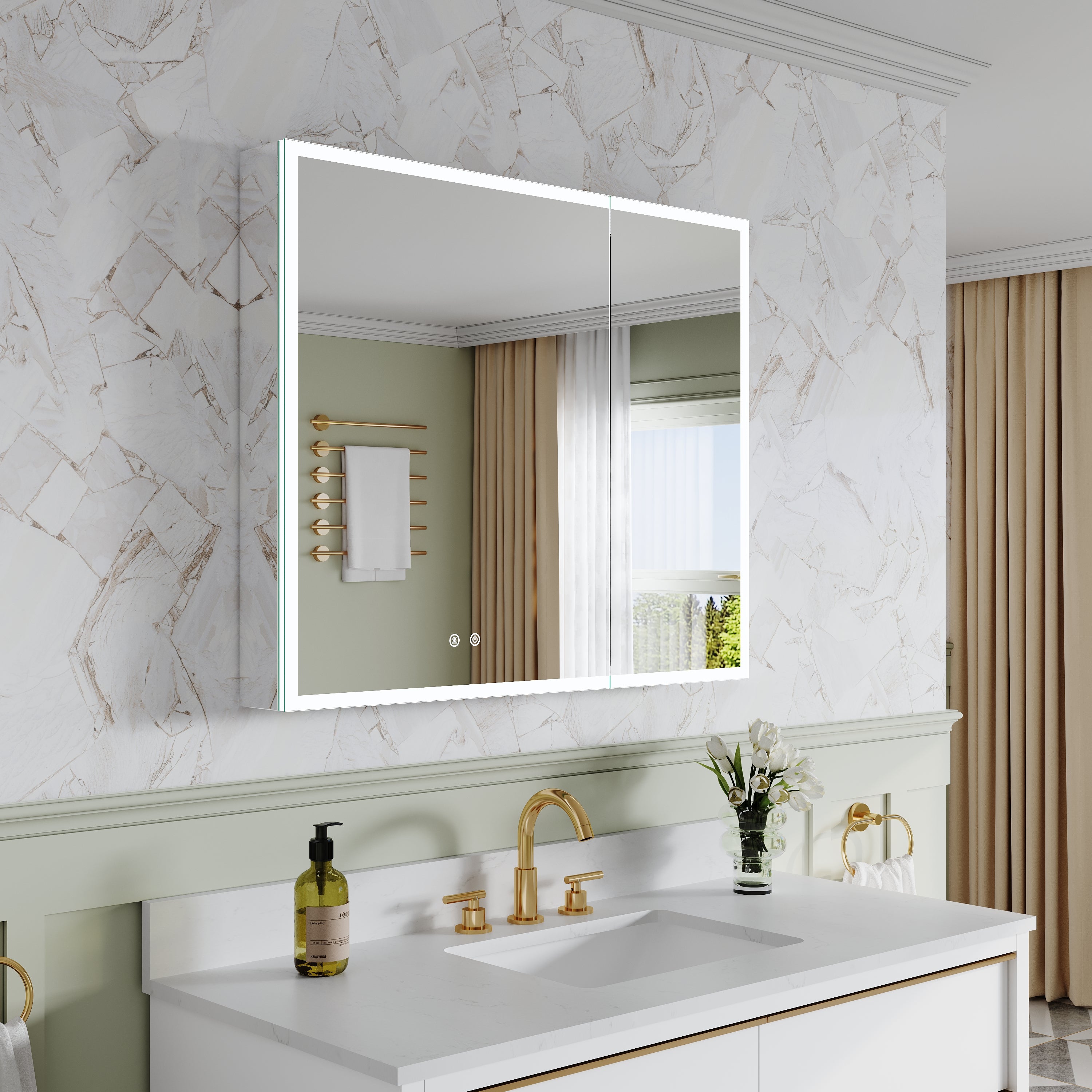
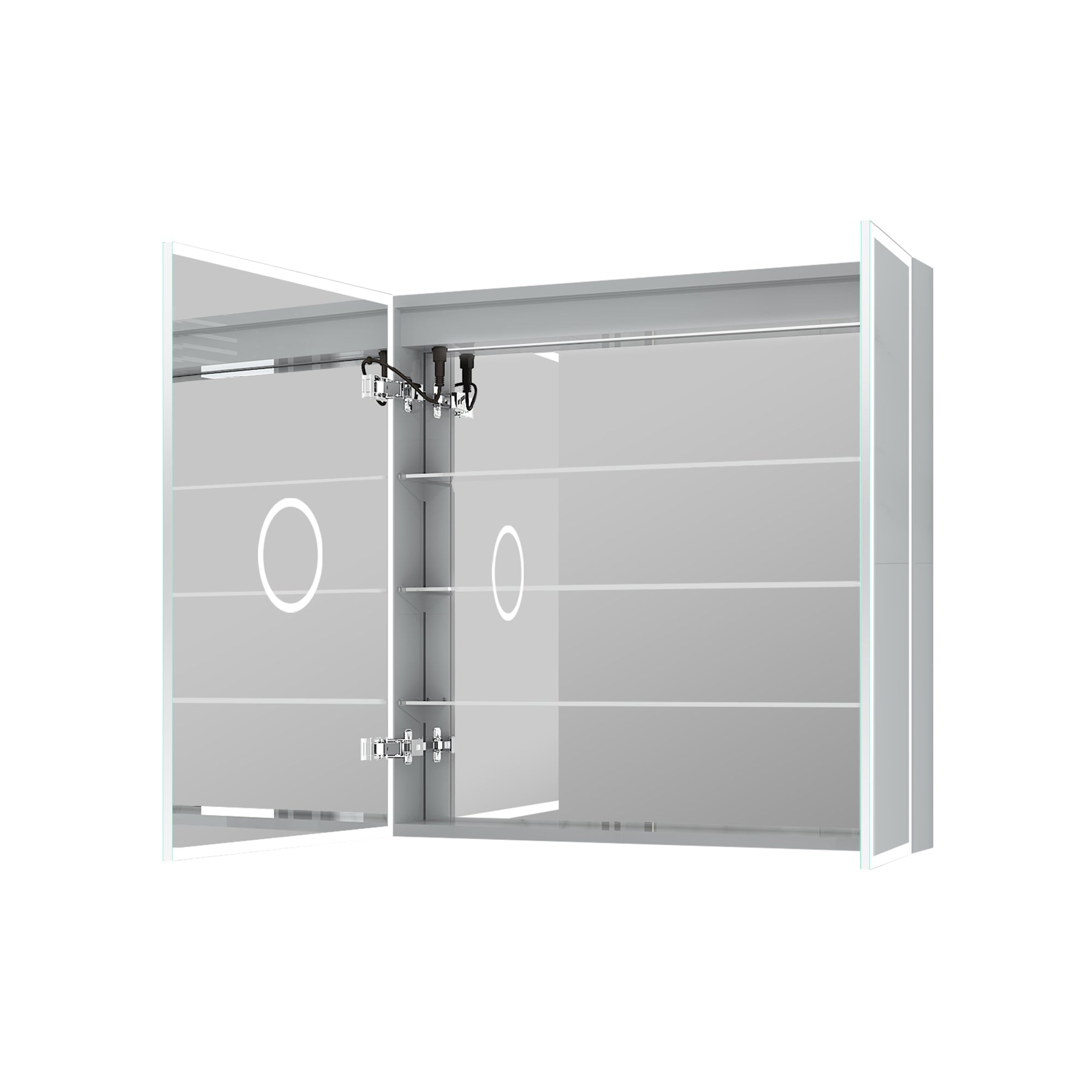
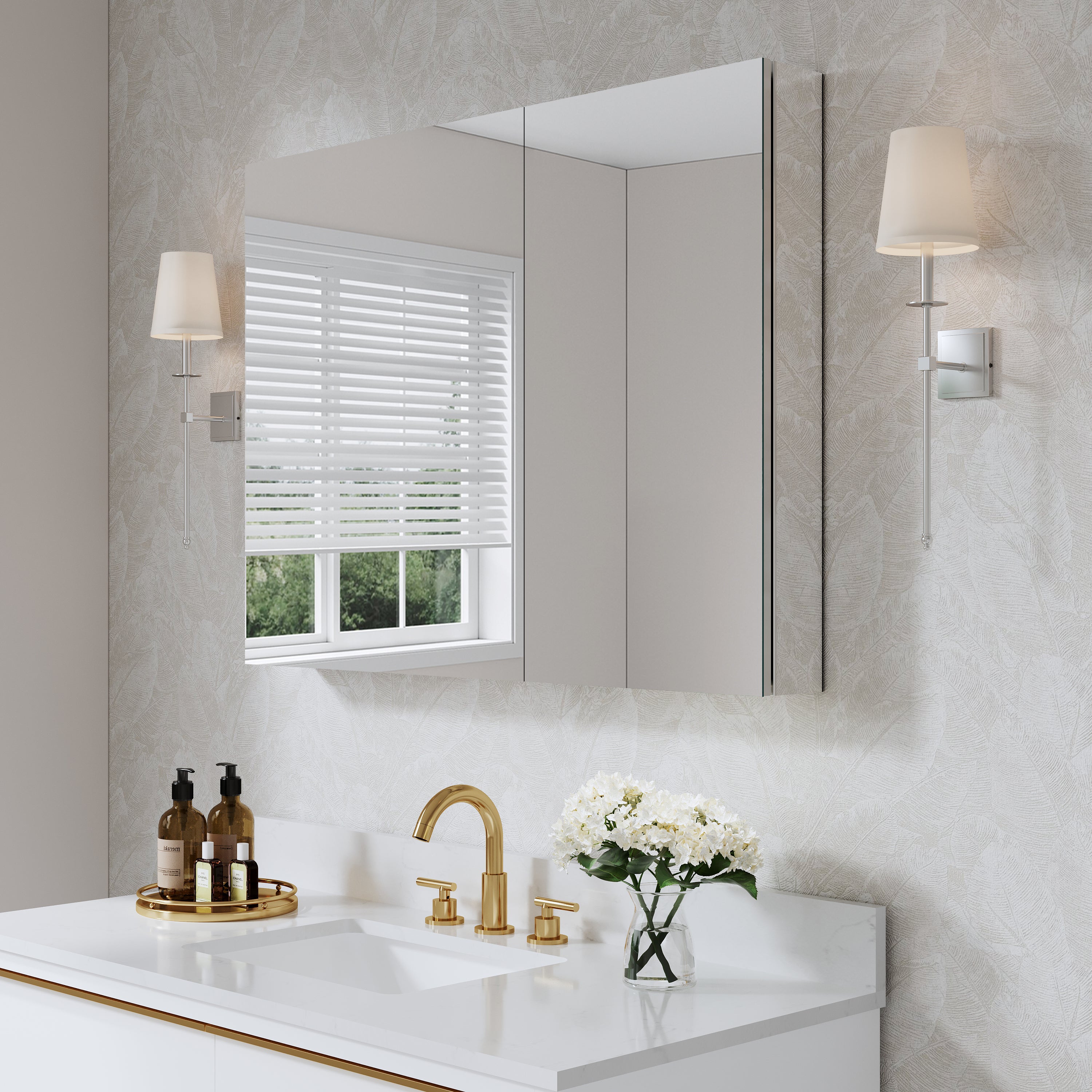

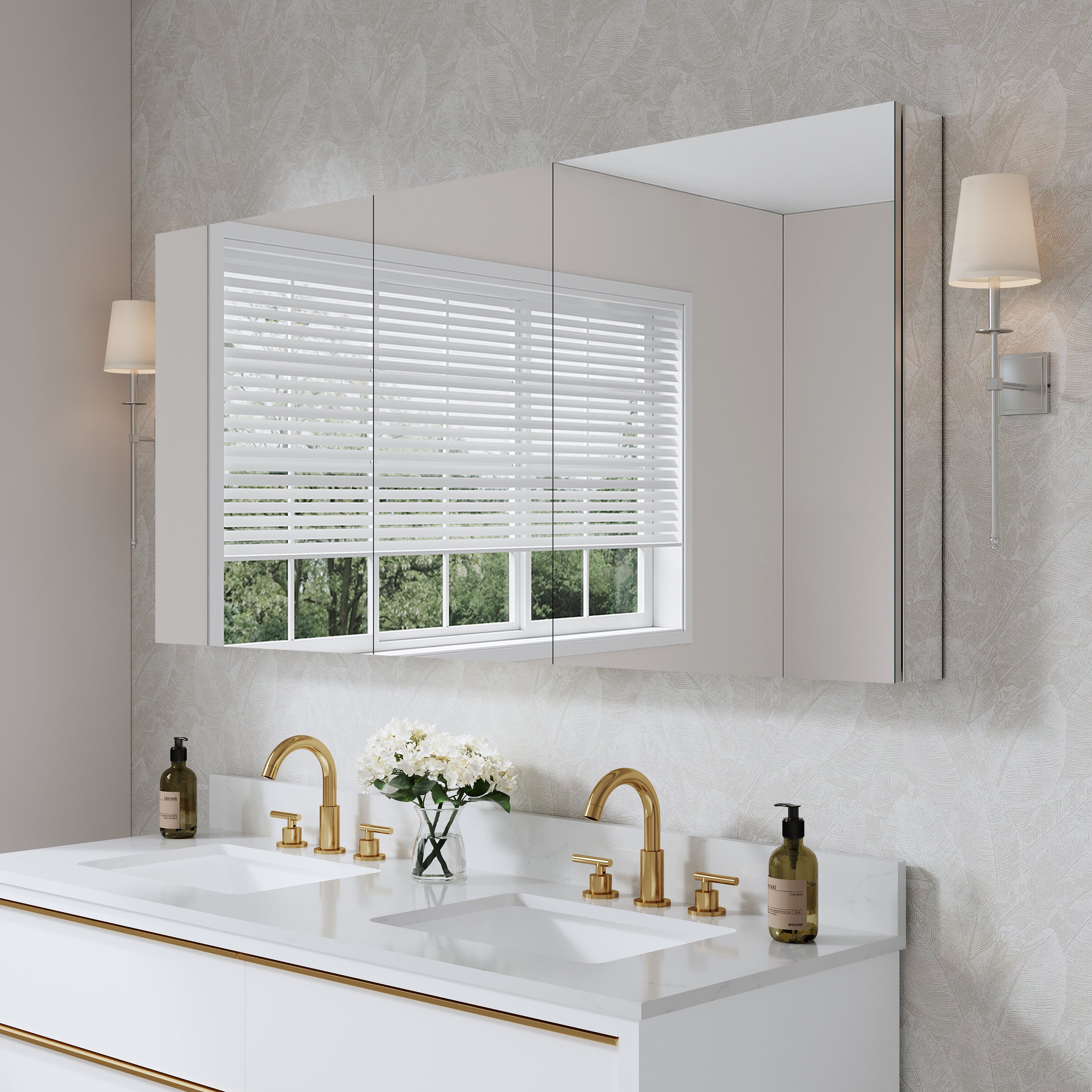

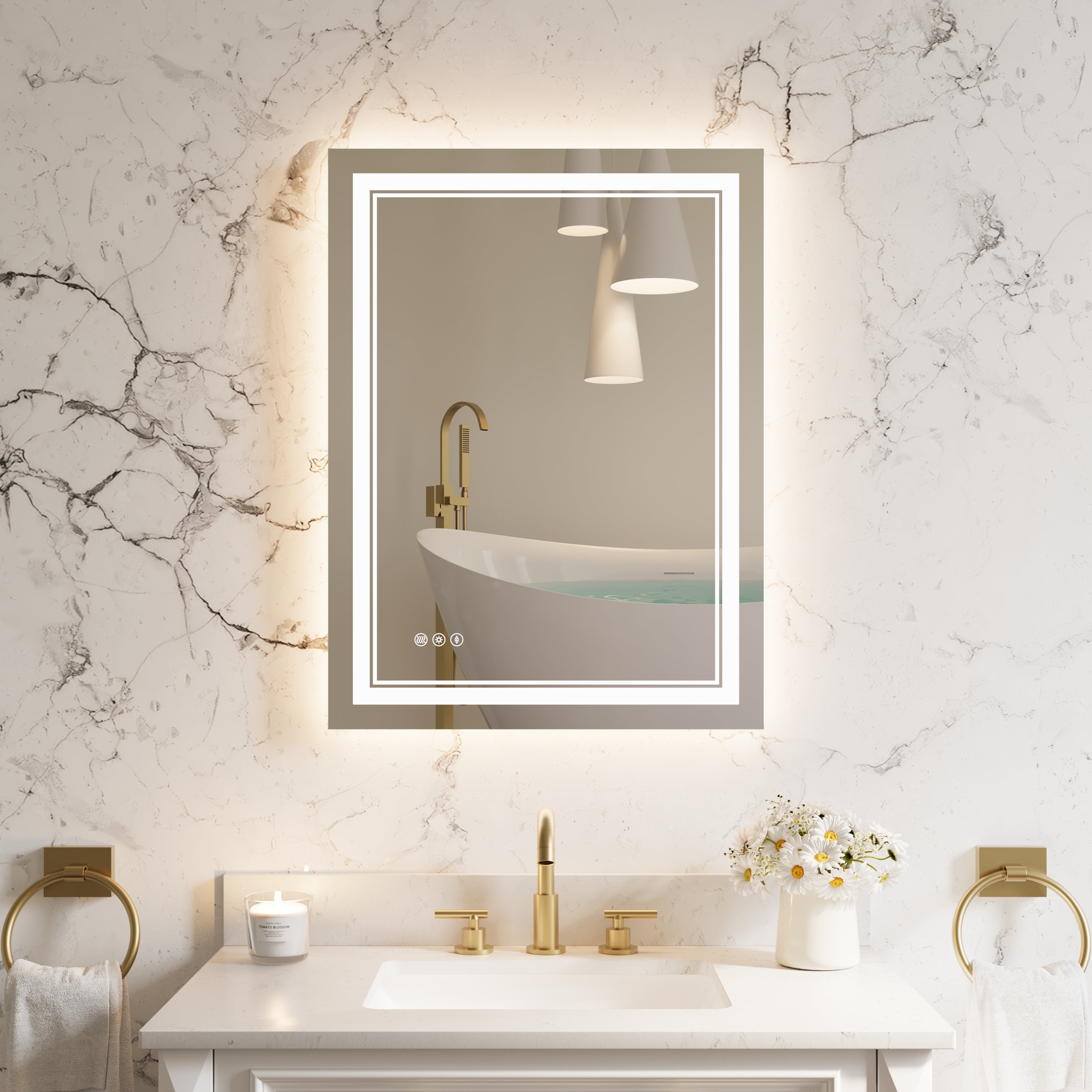
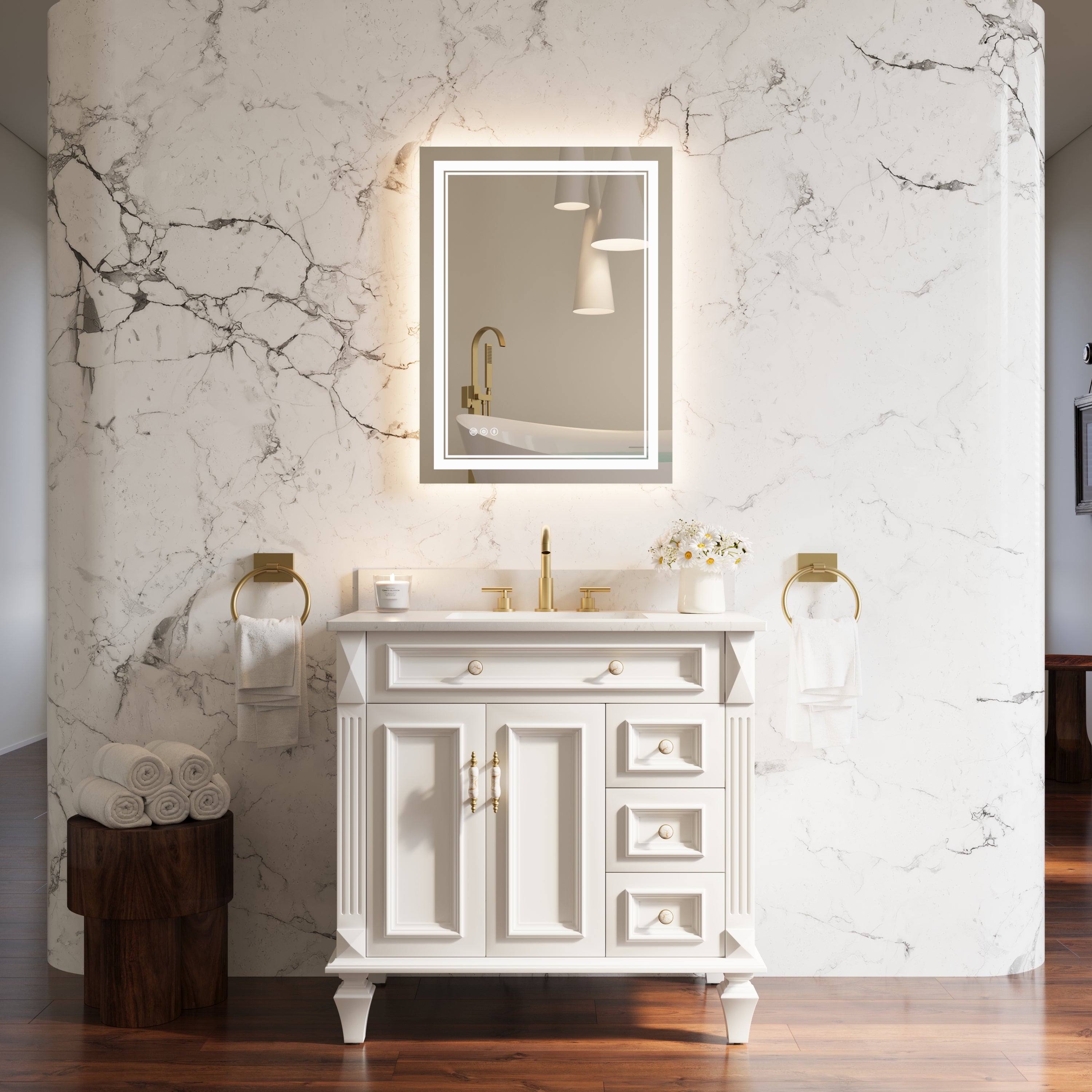
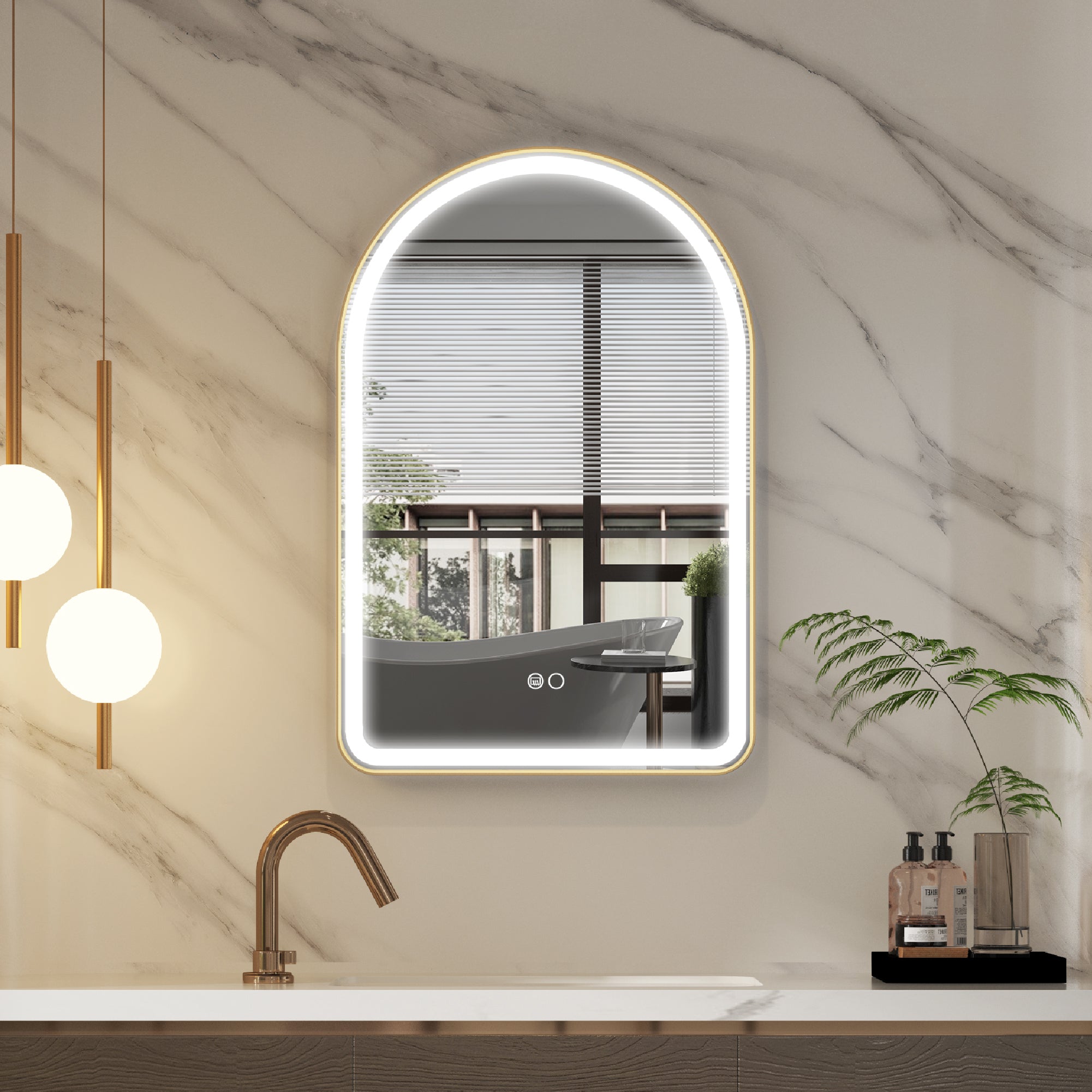
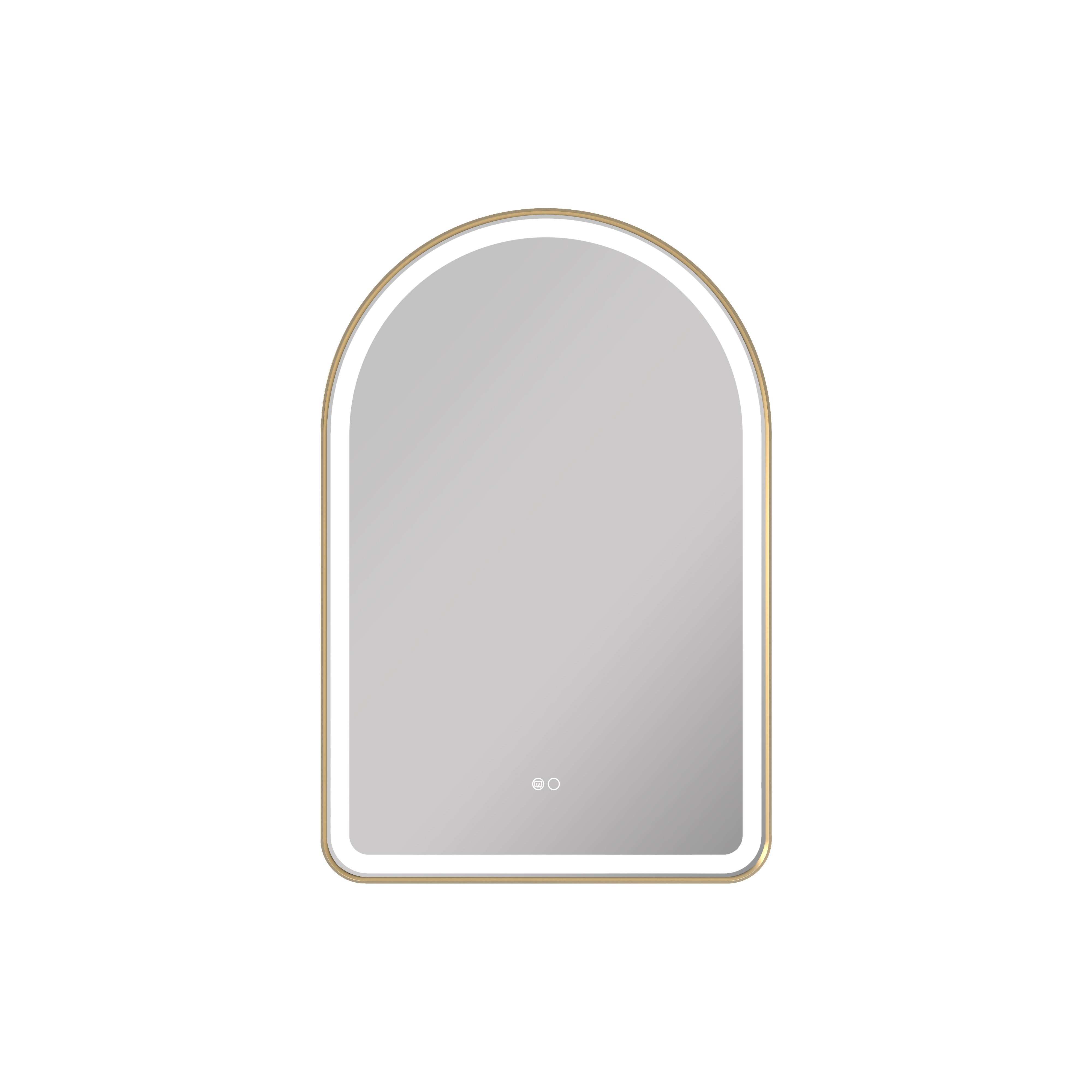
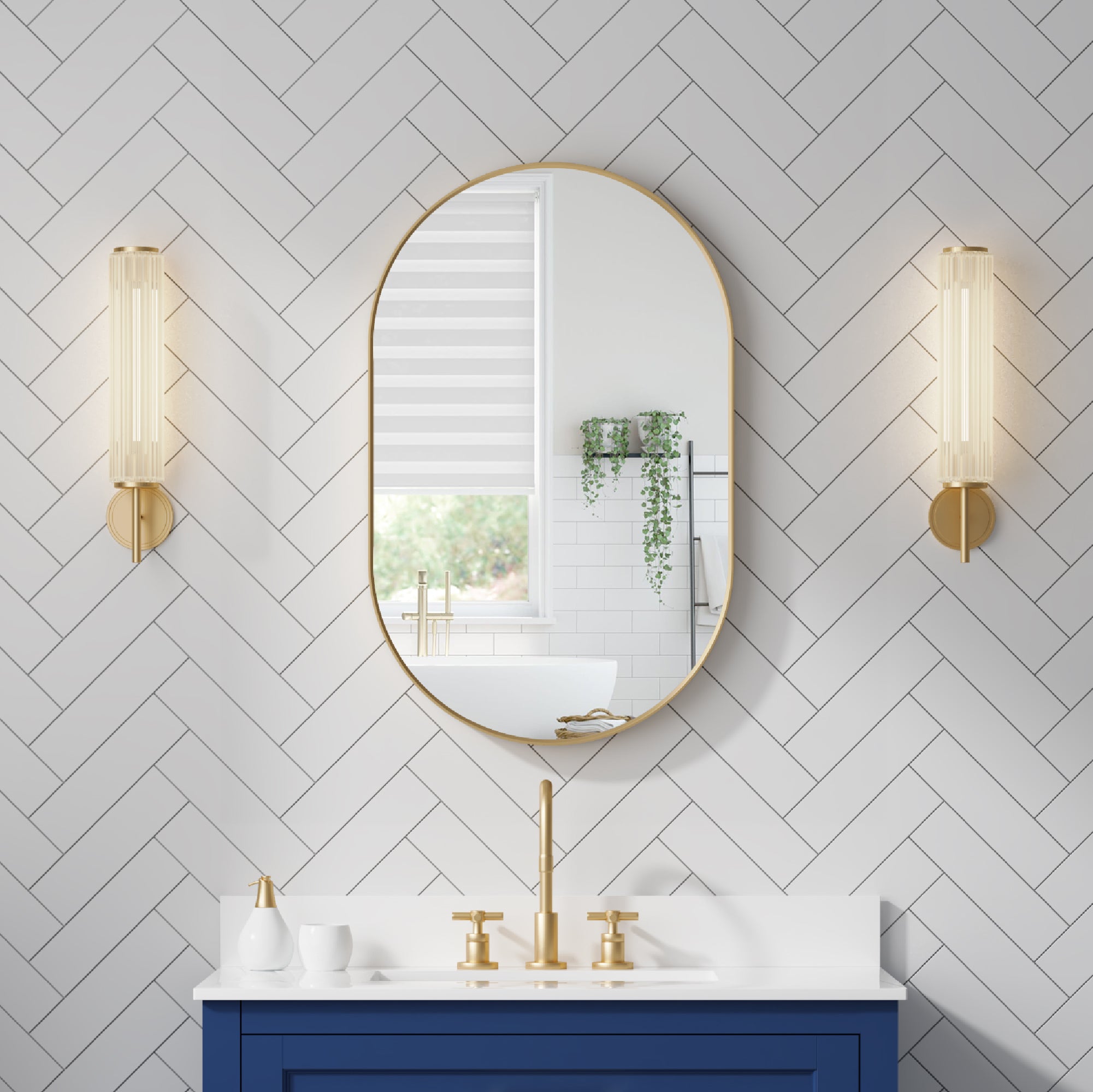
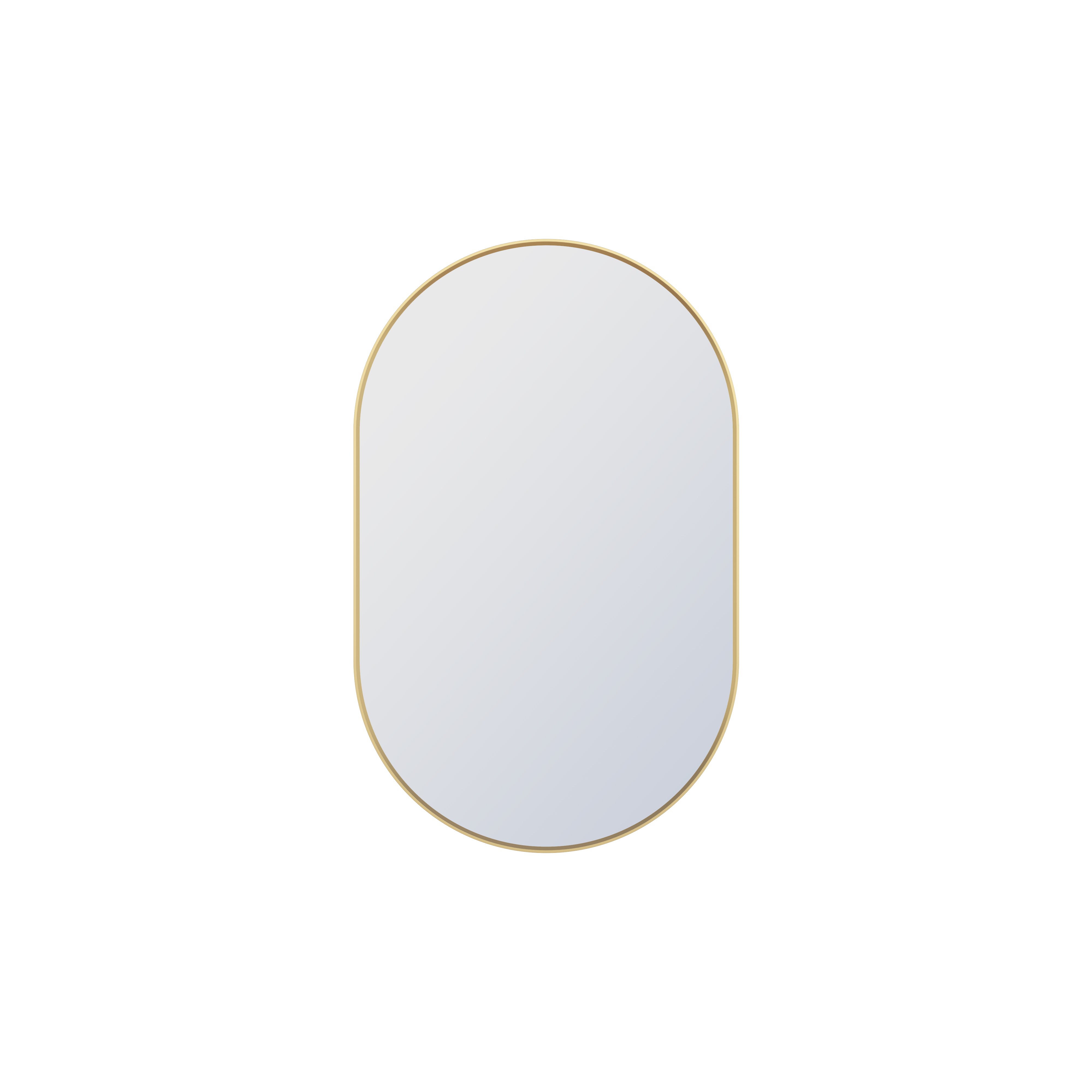


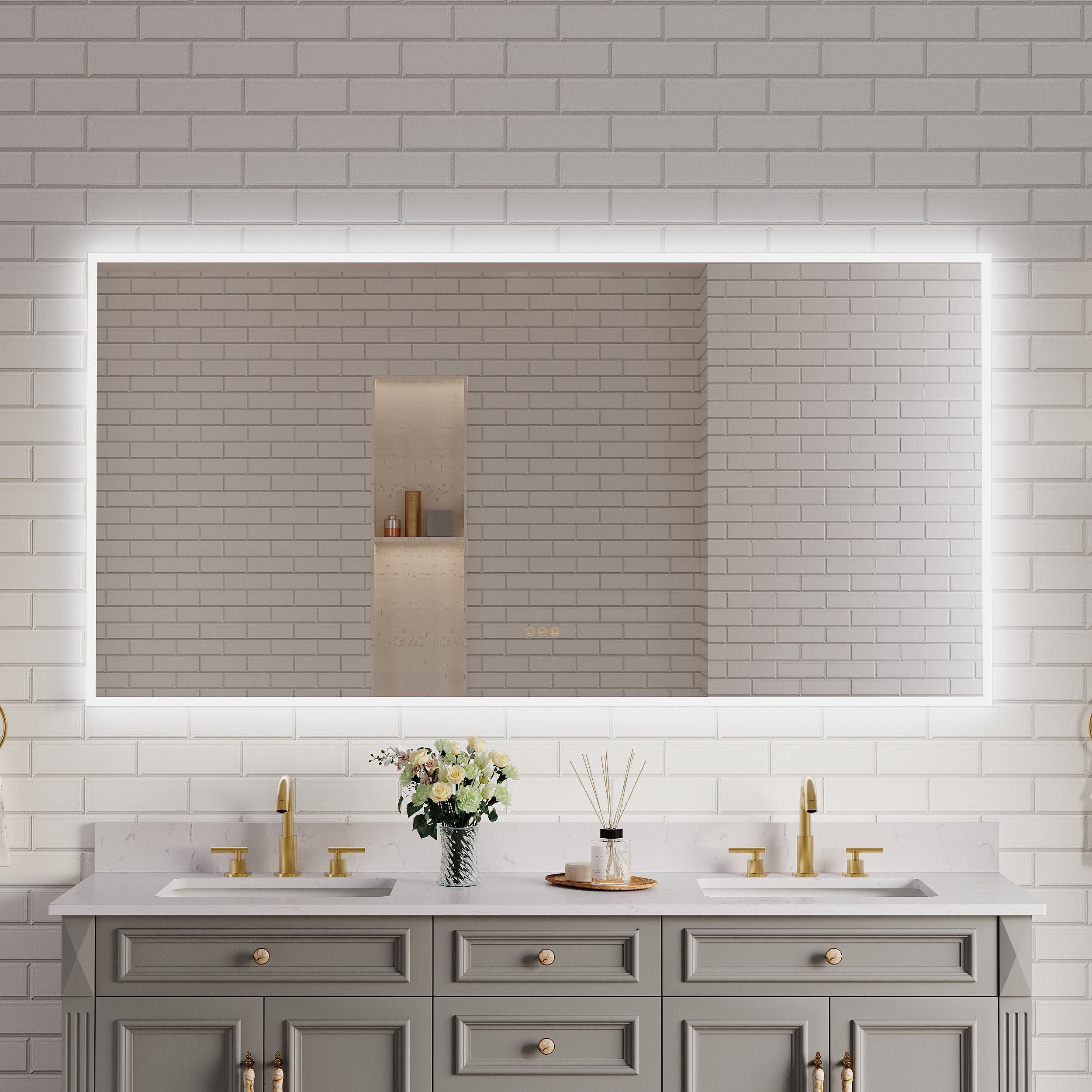





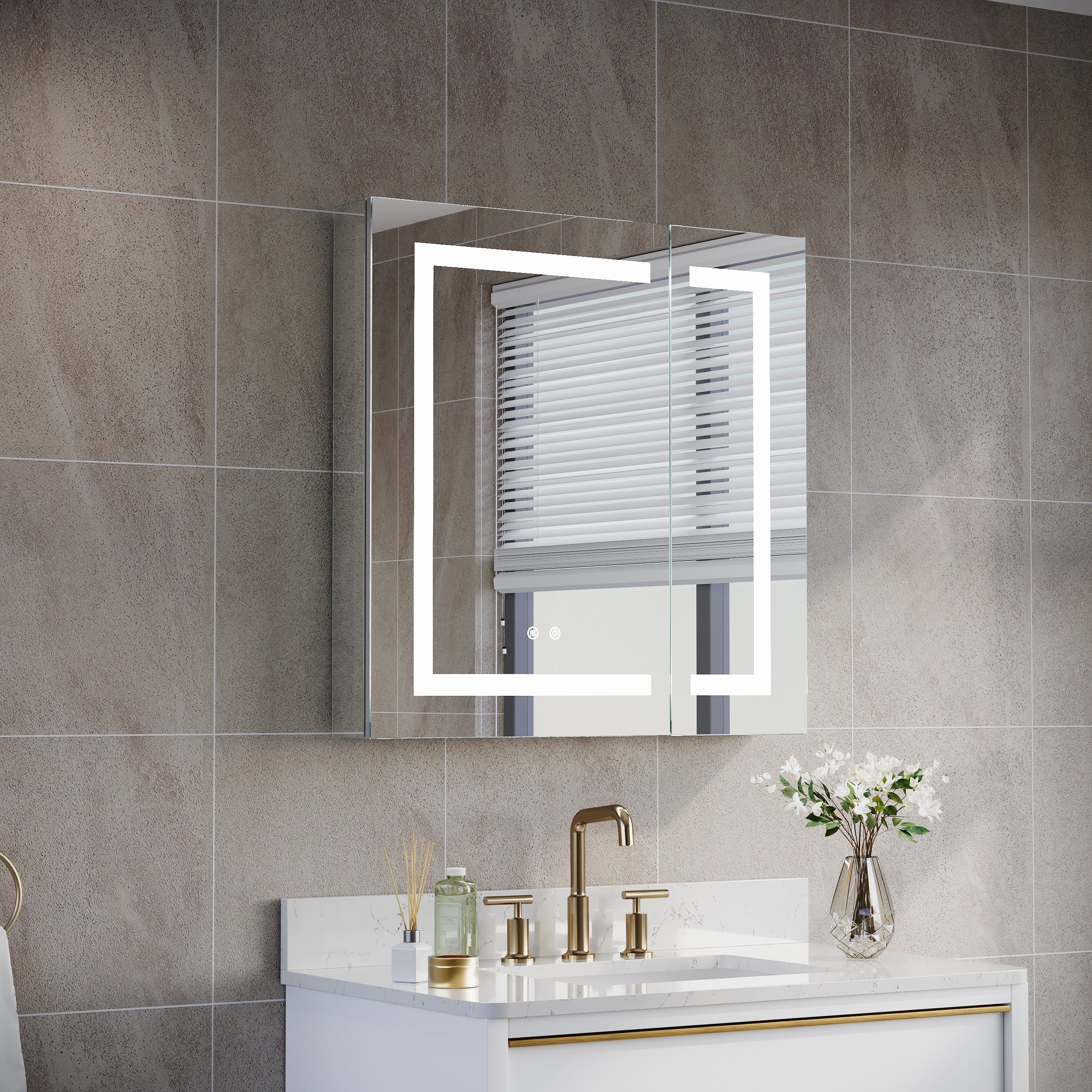
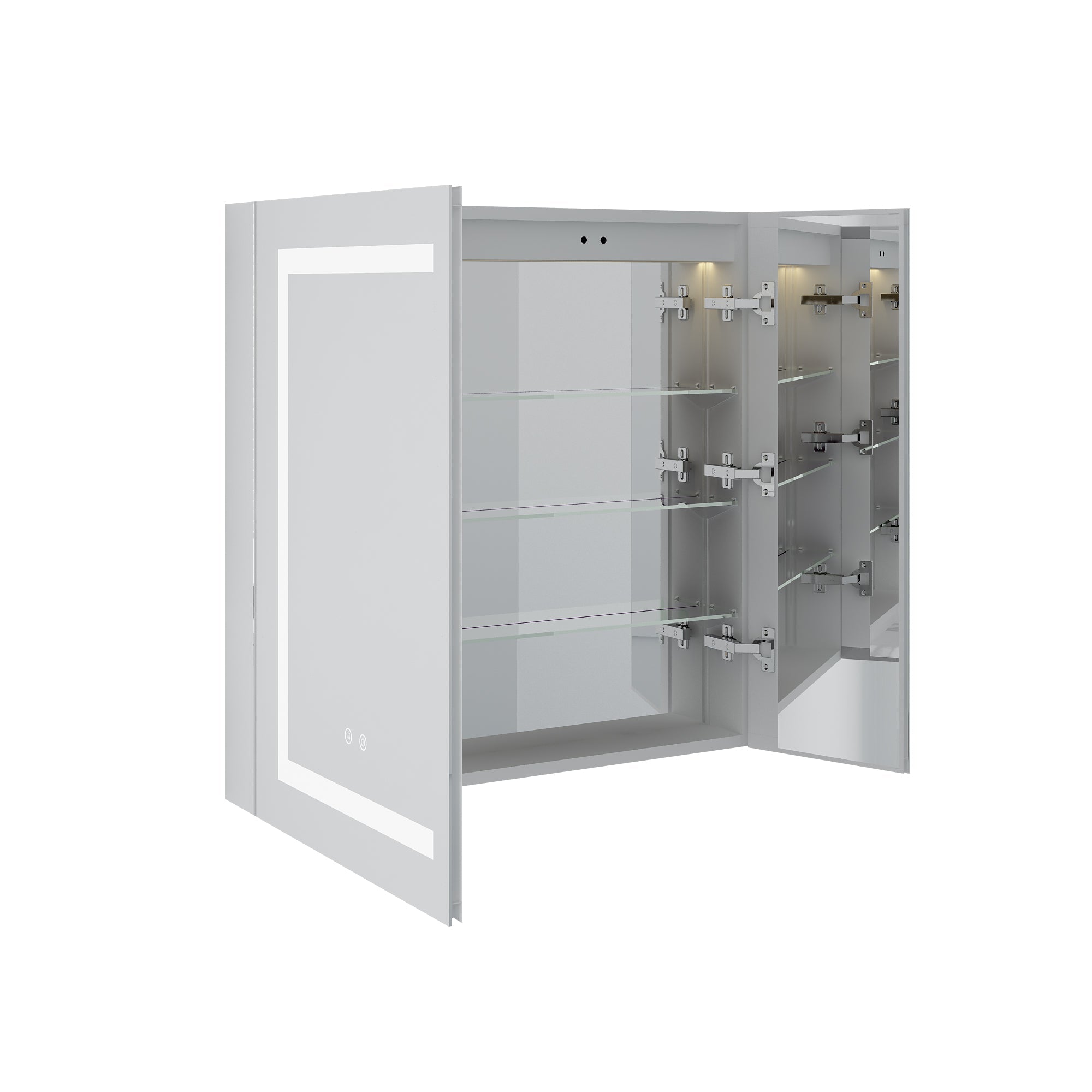




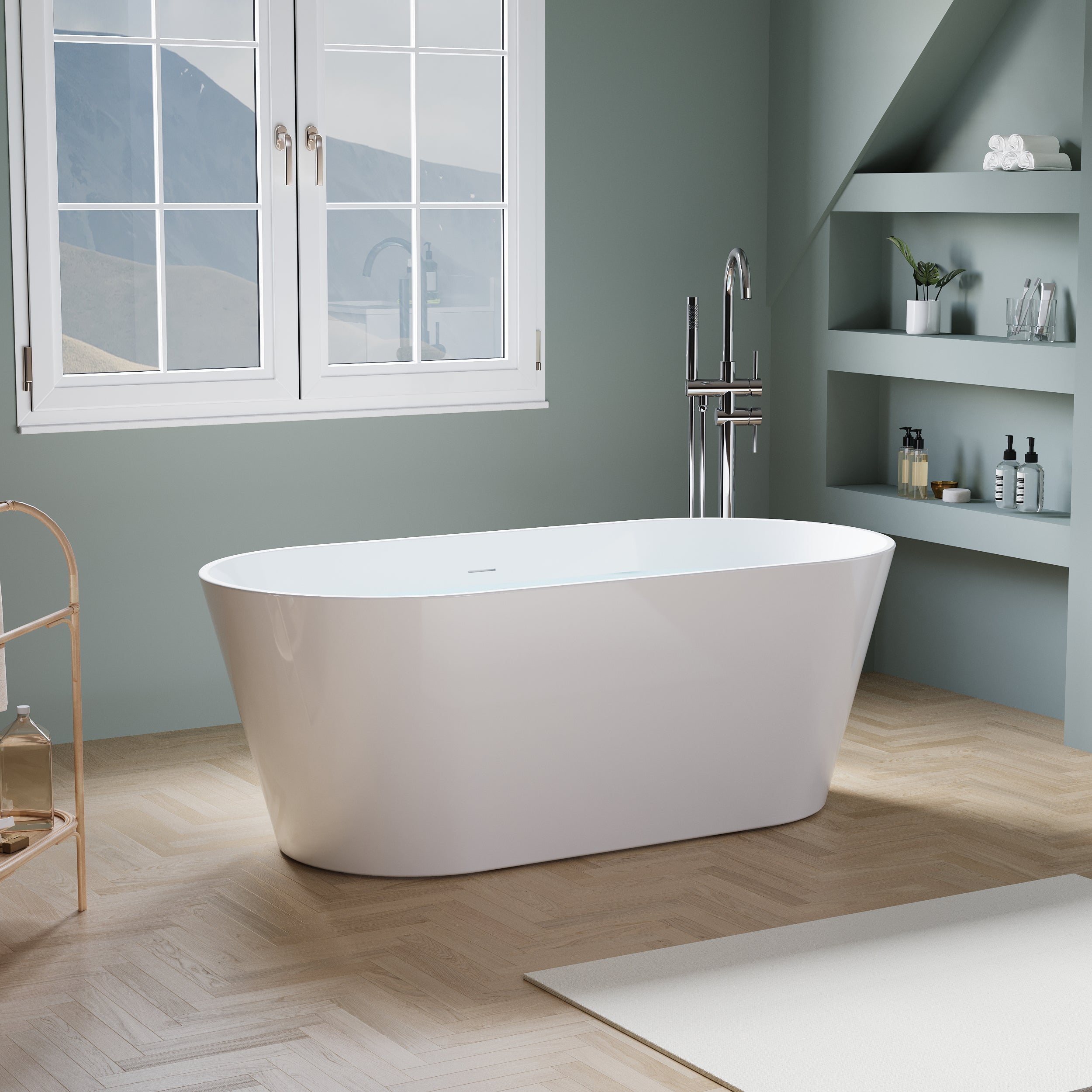
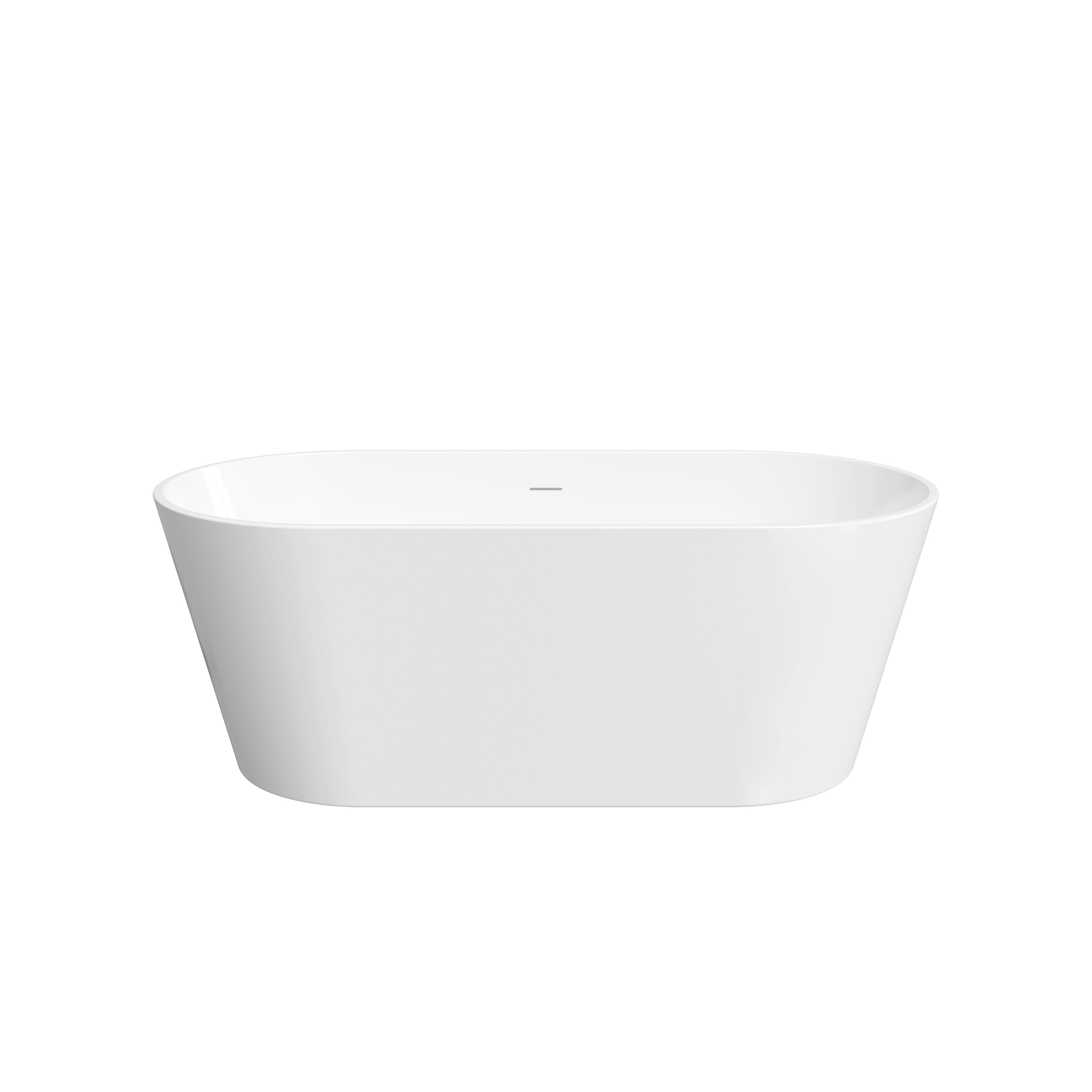


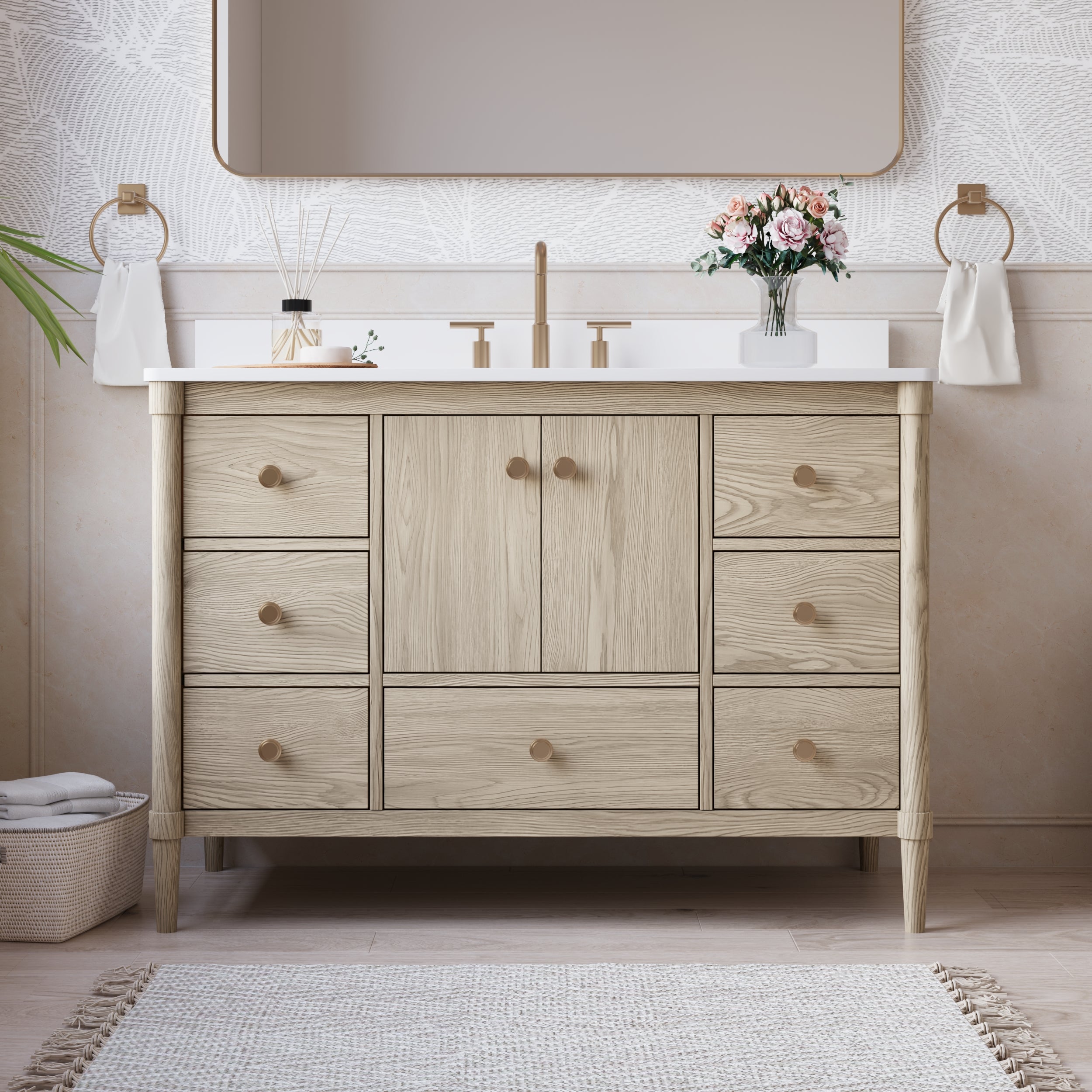
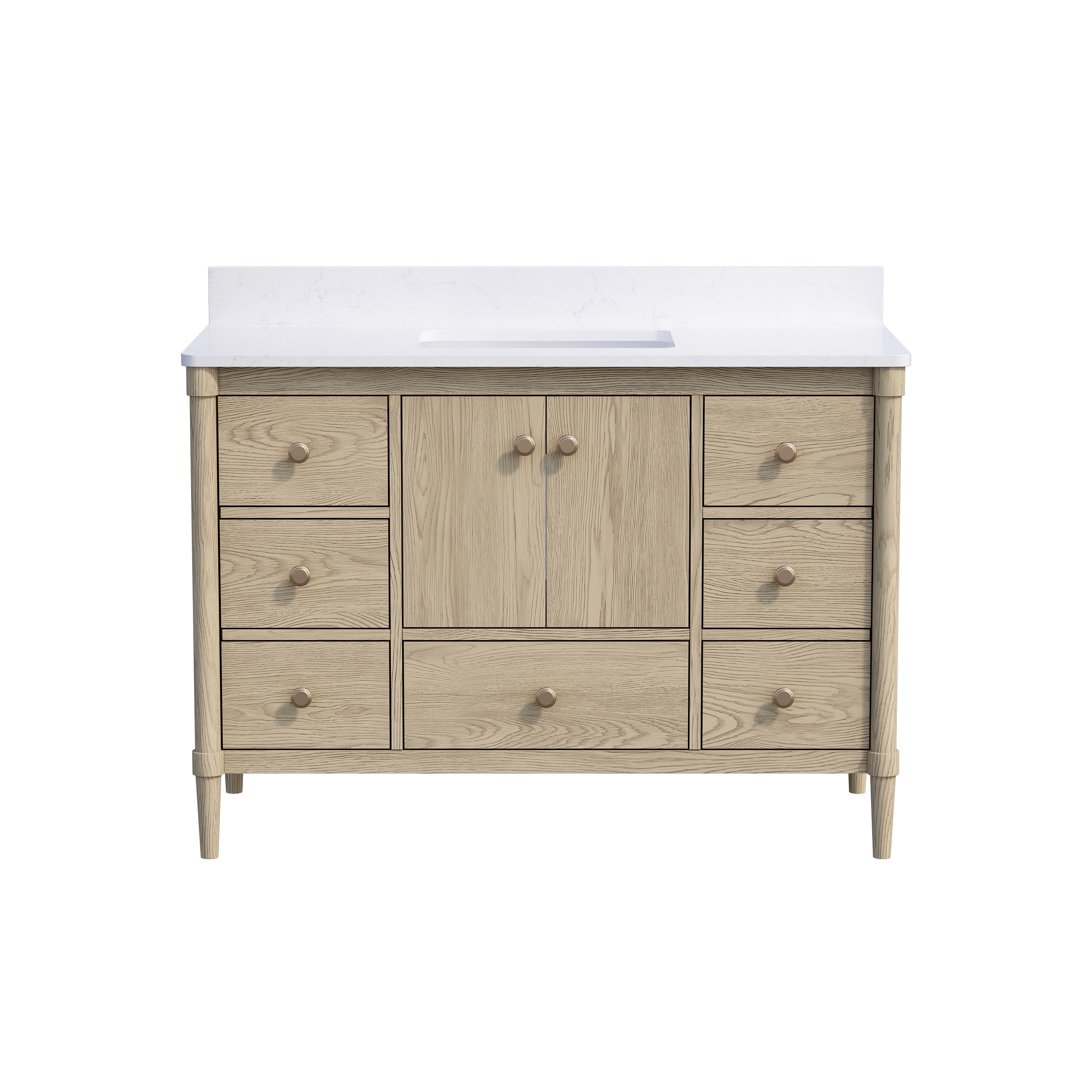
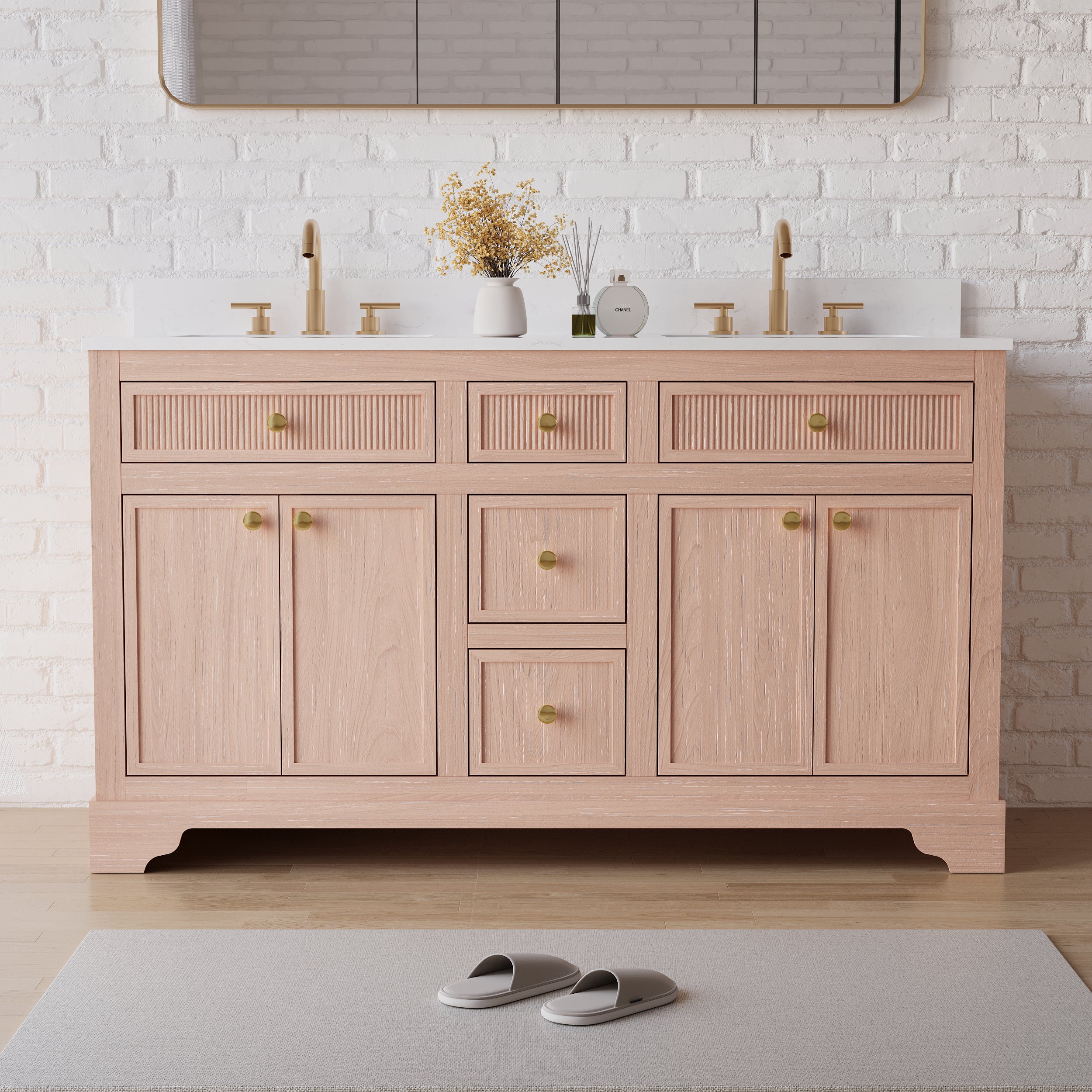
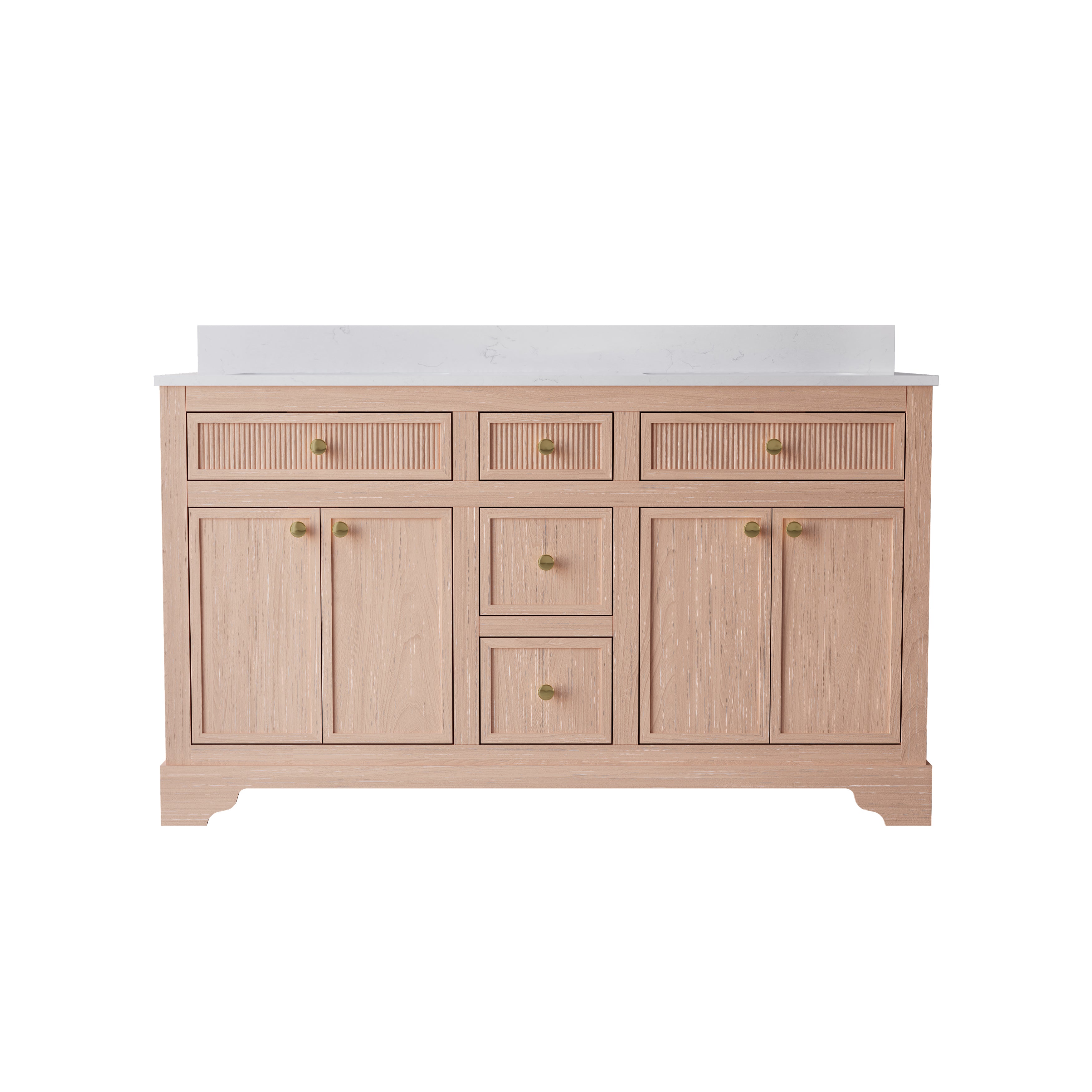
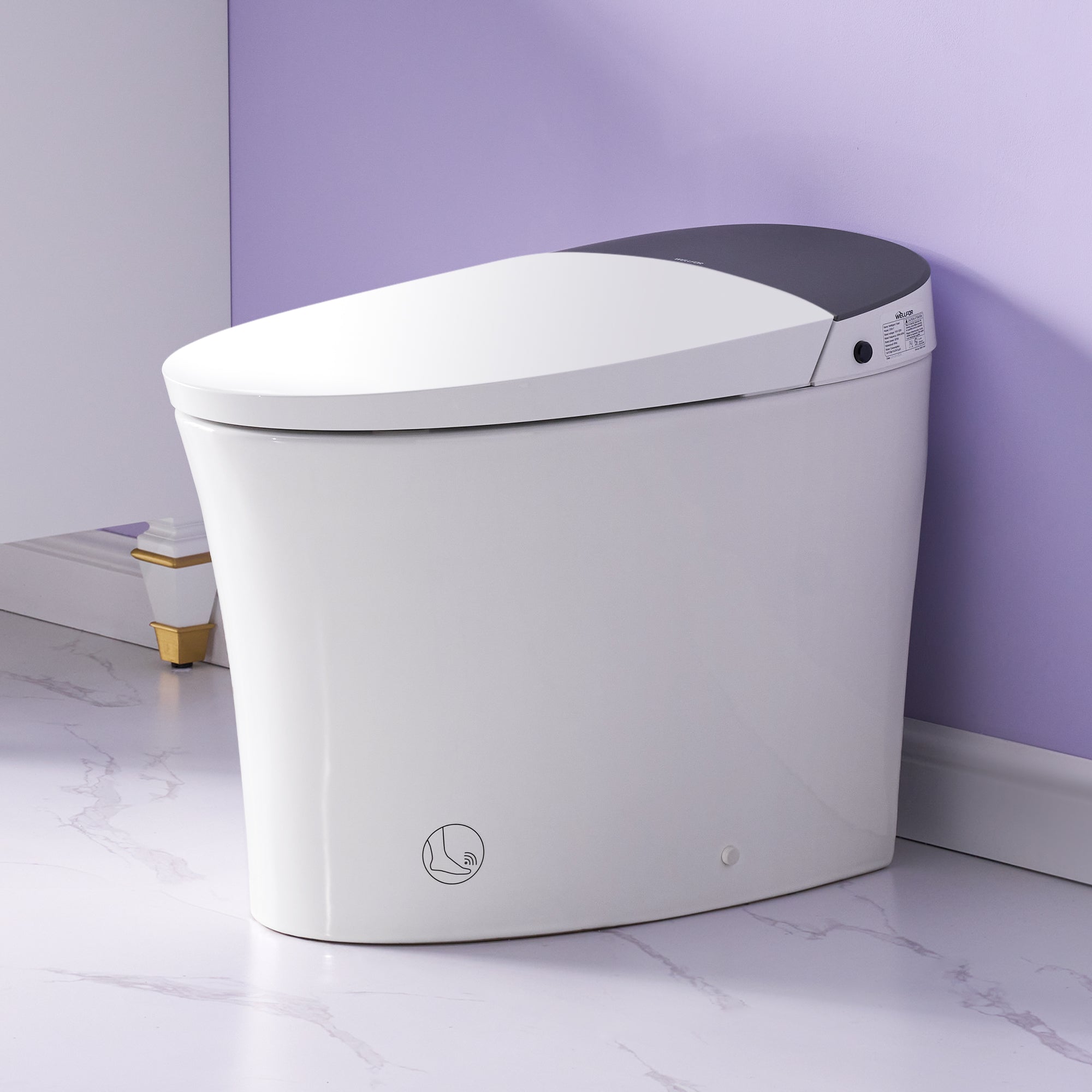
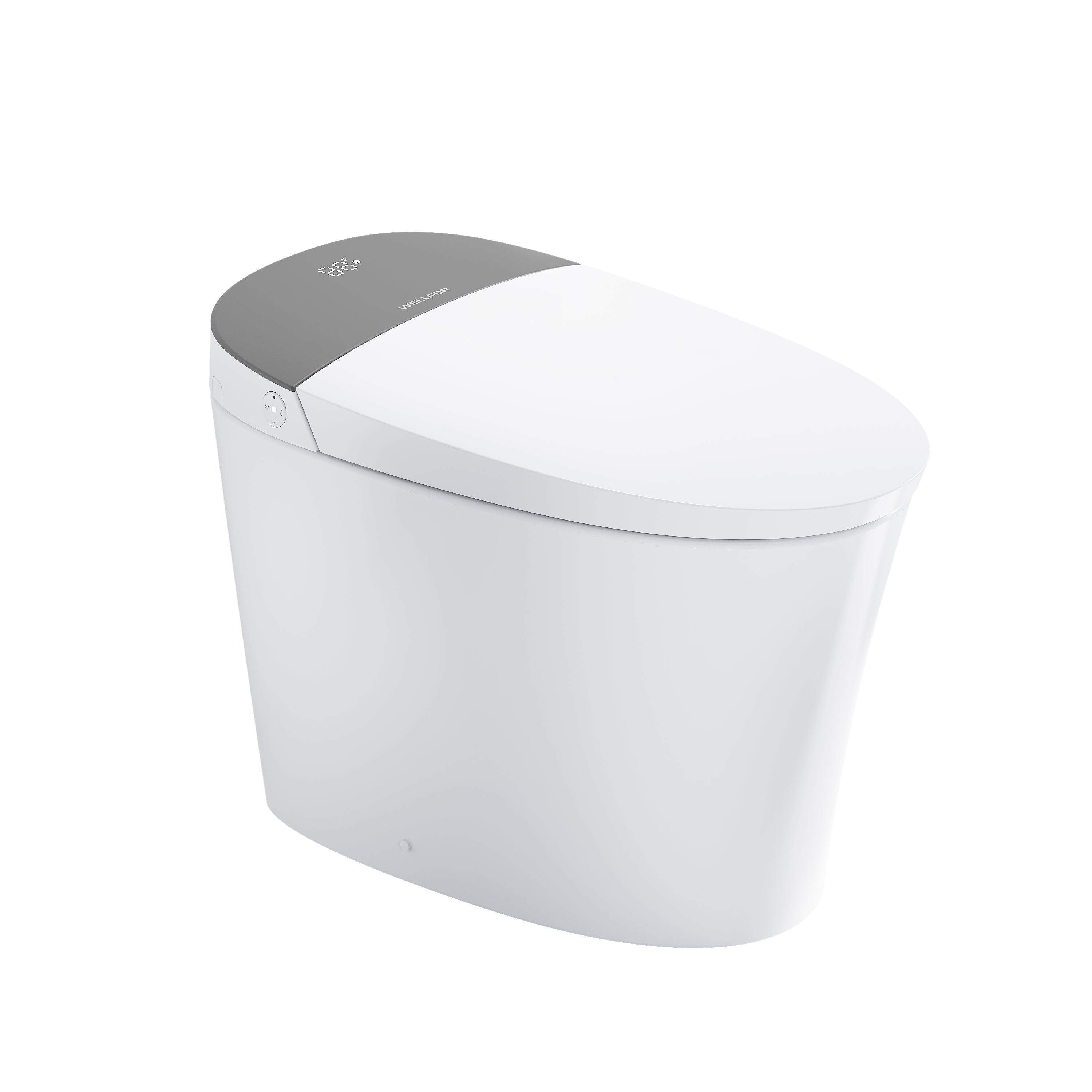
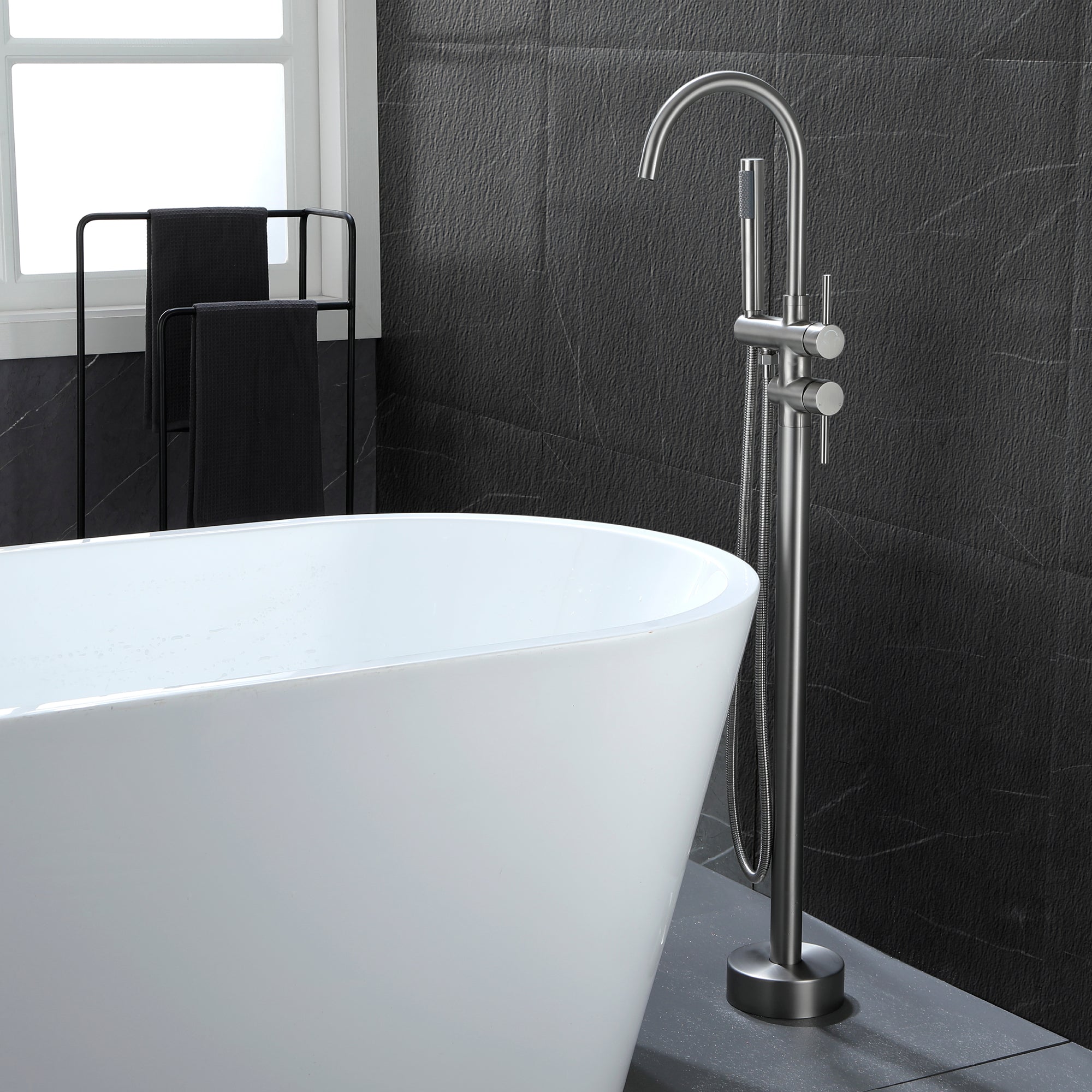

Leave a comment
This site is protected by hCaptcha and the hCaptcha Privacy Policy and Terms of Service apply.